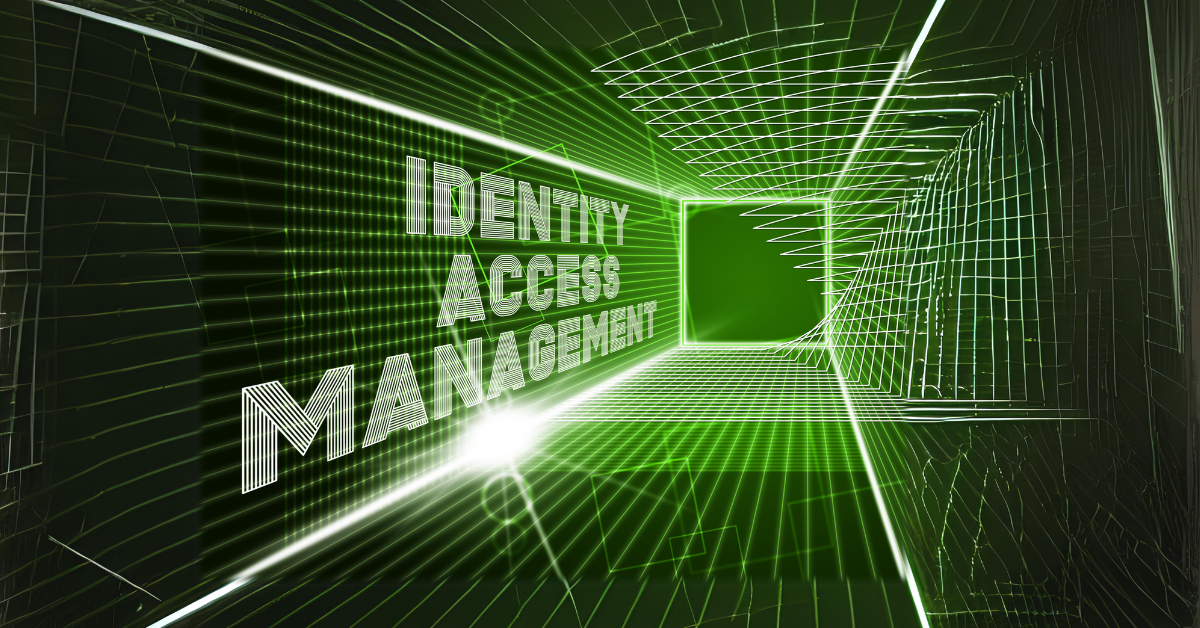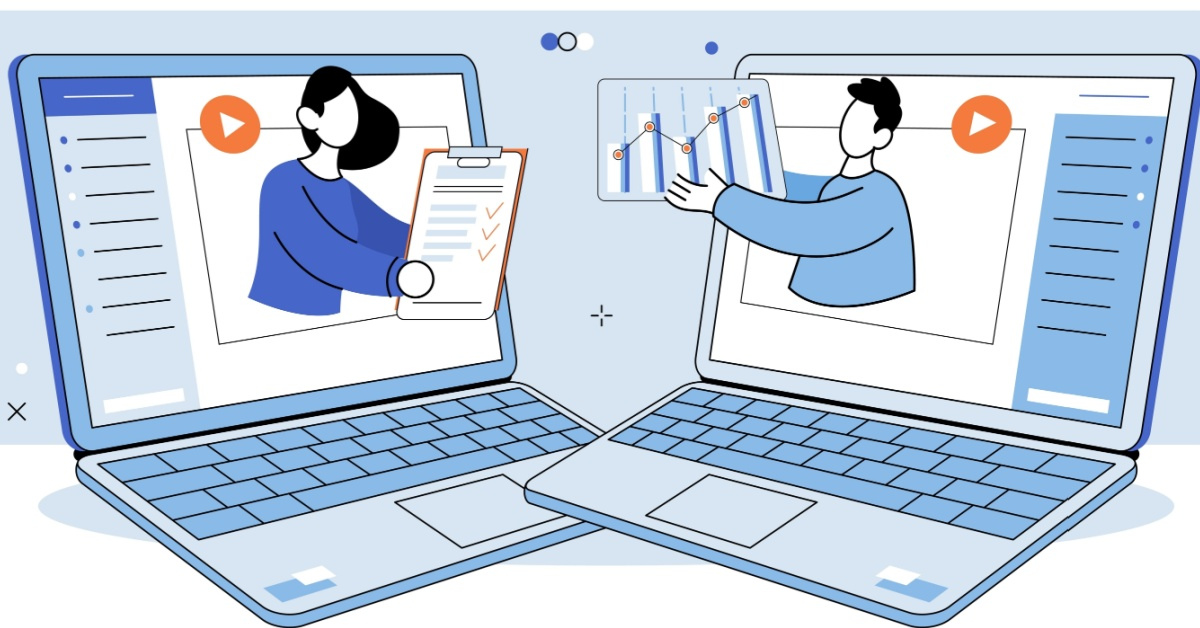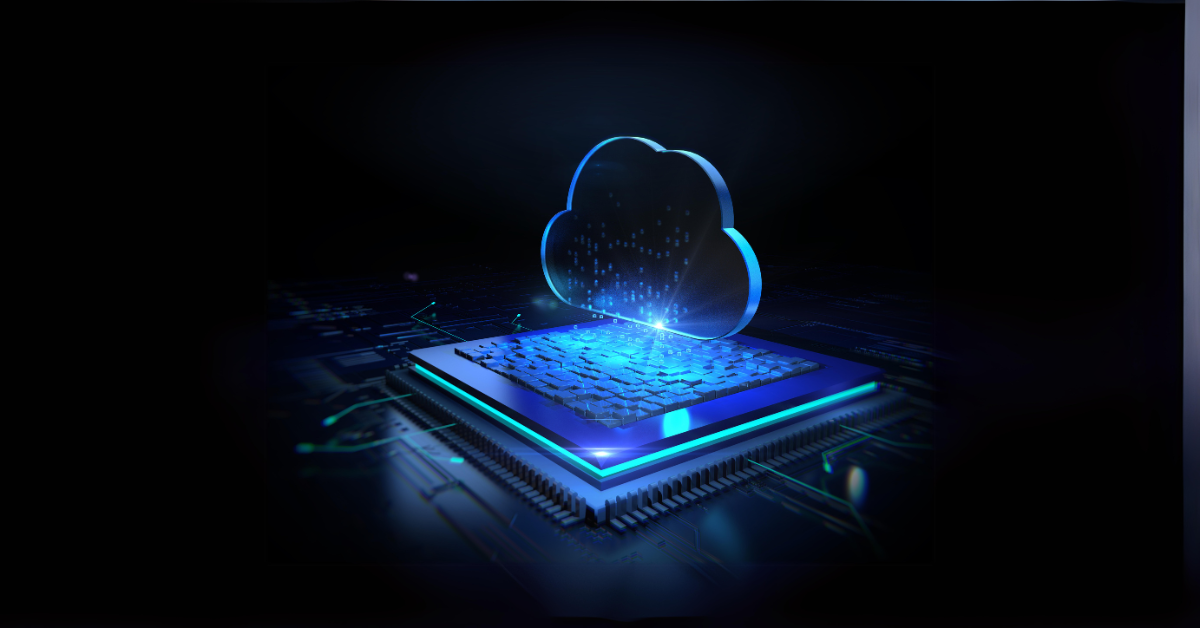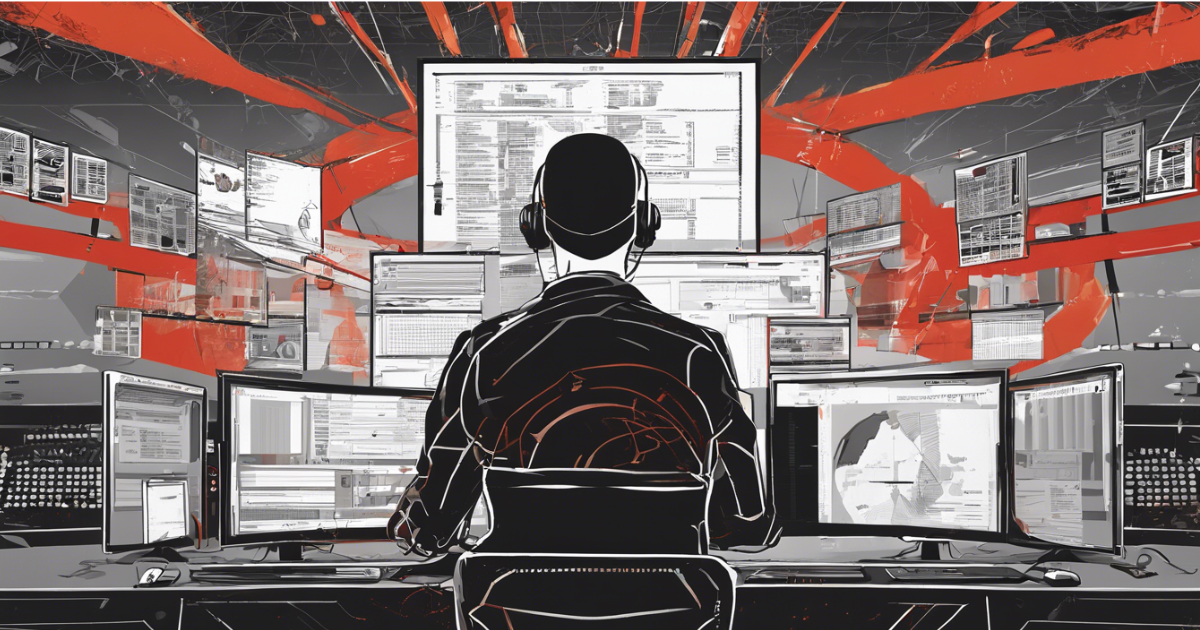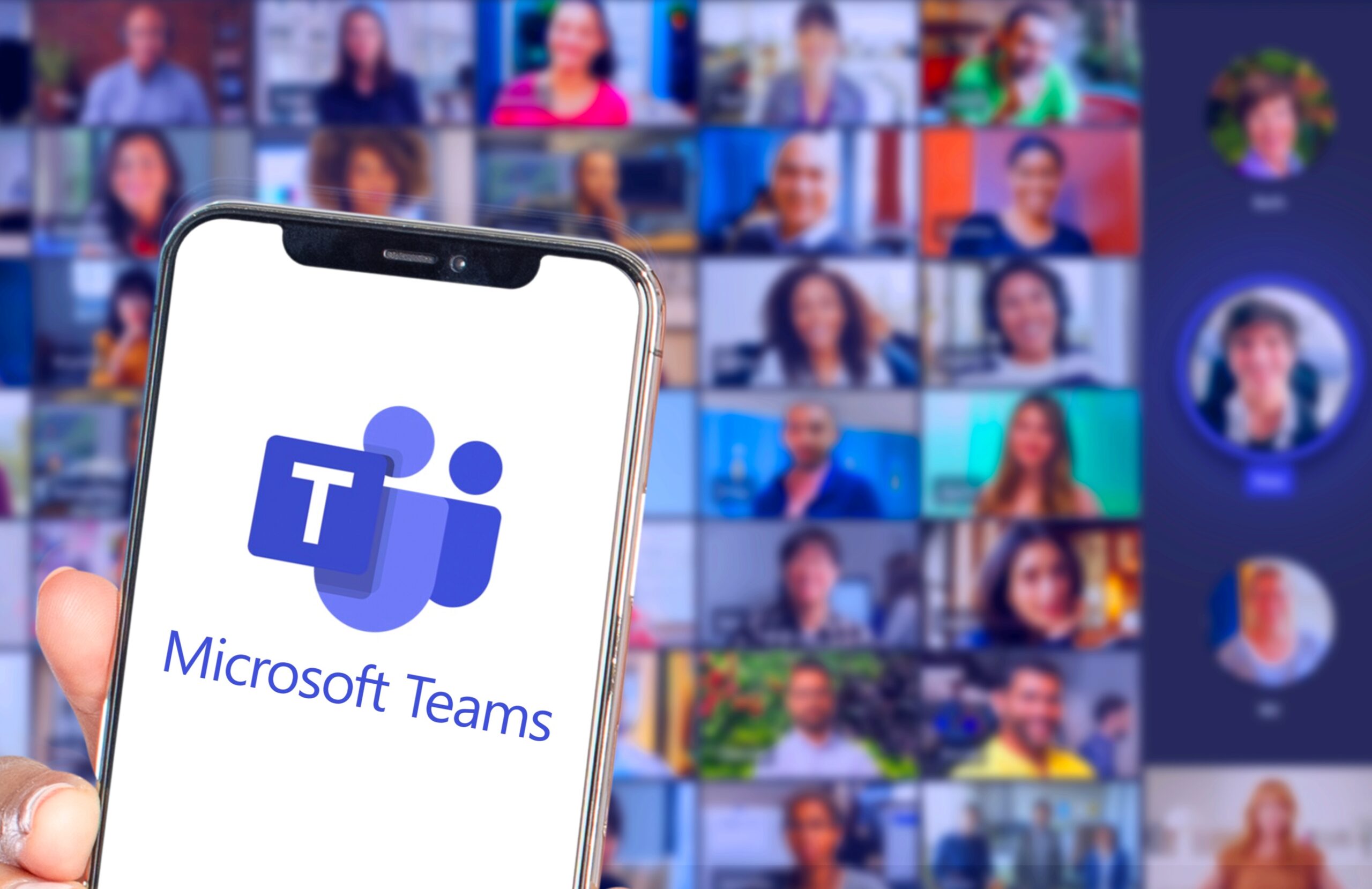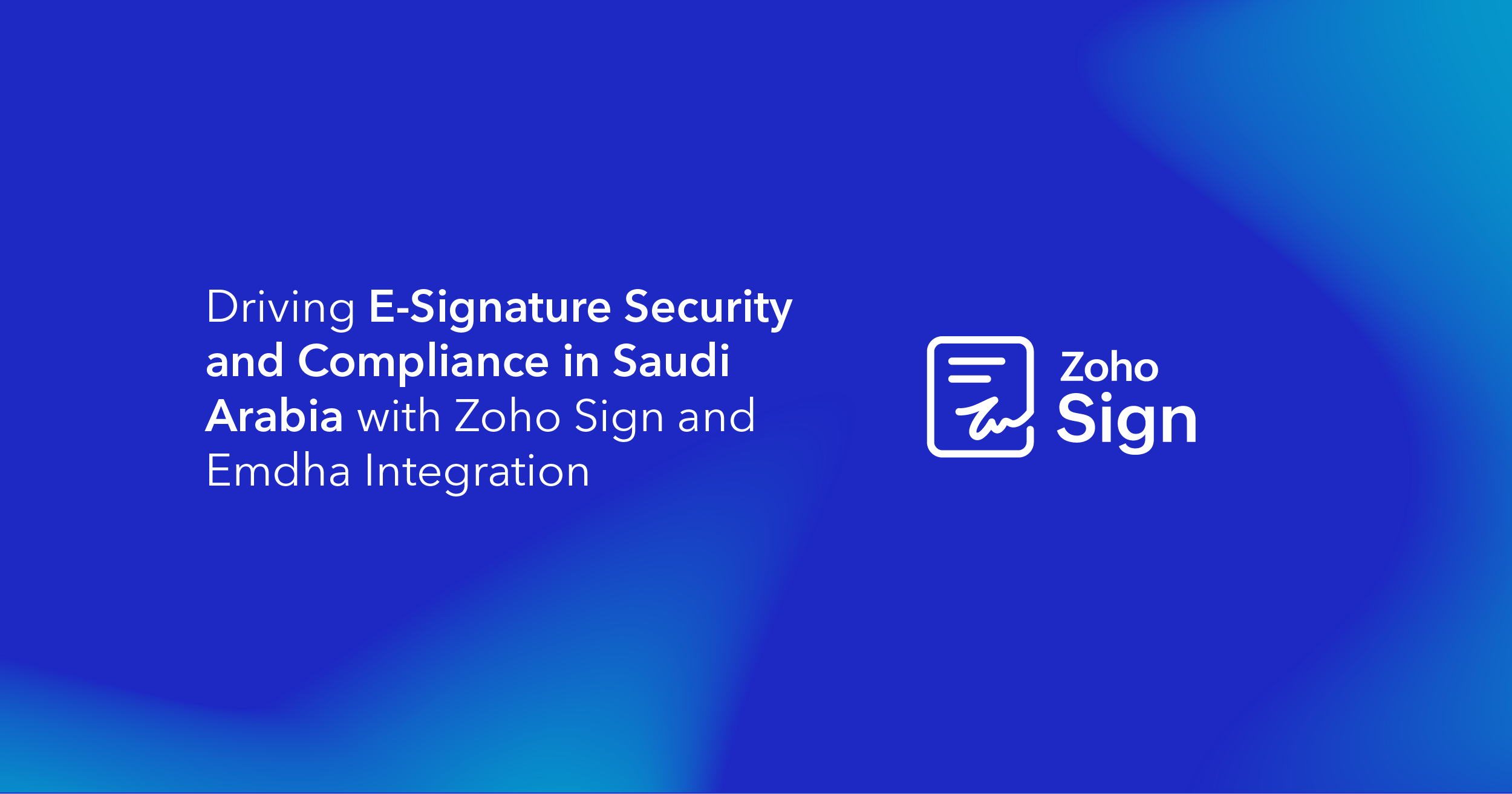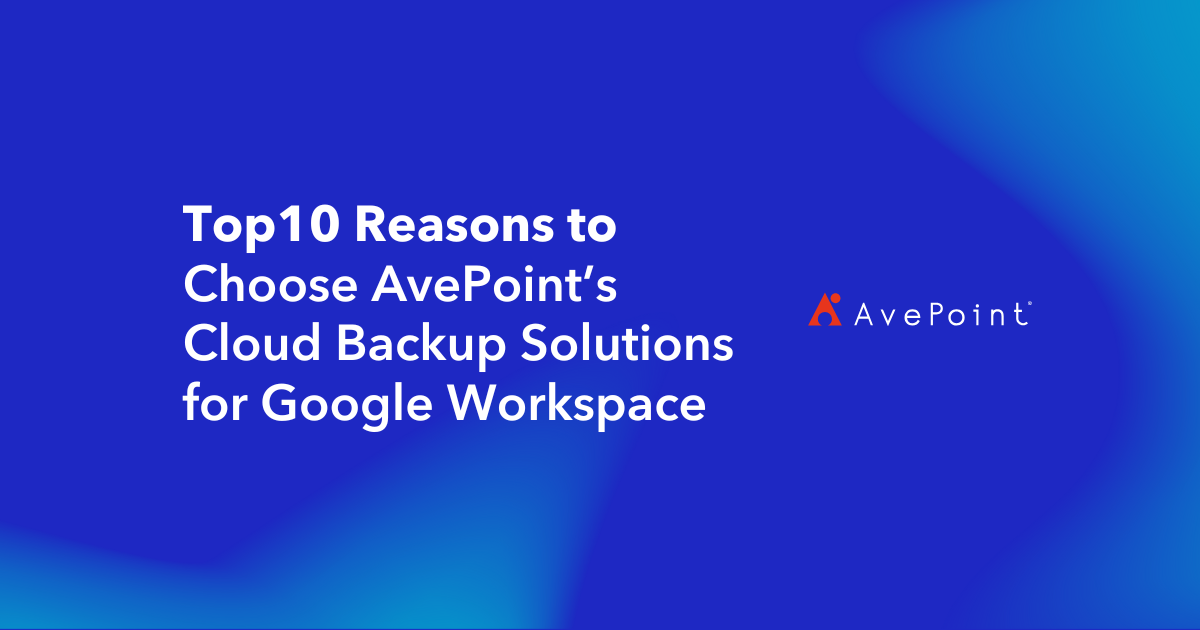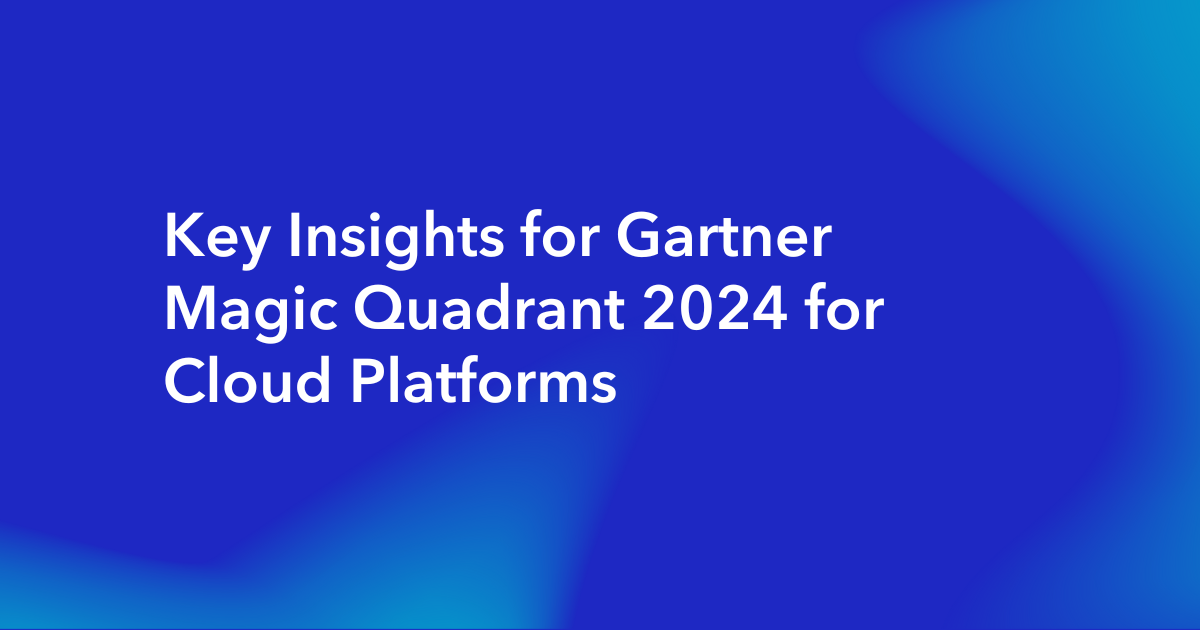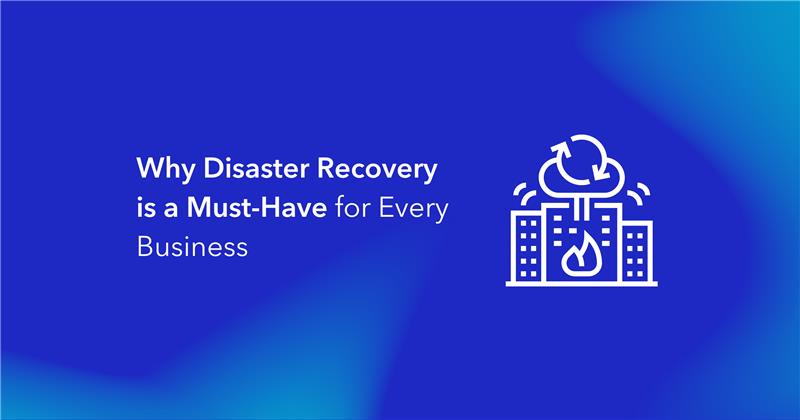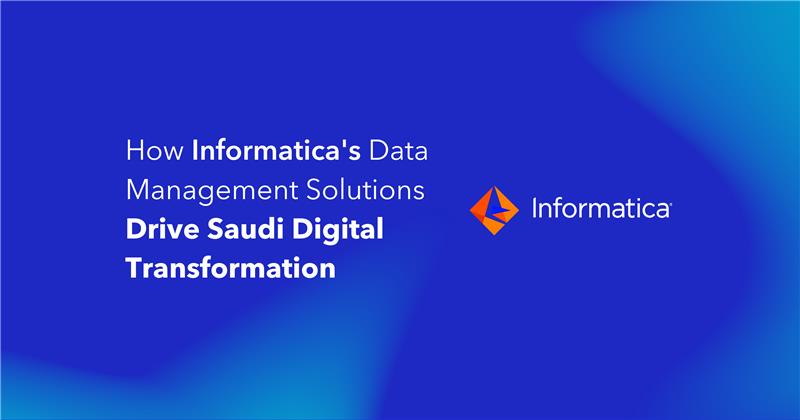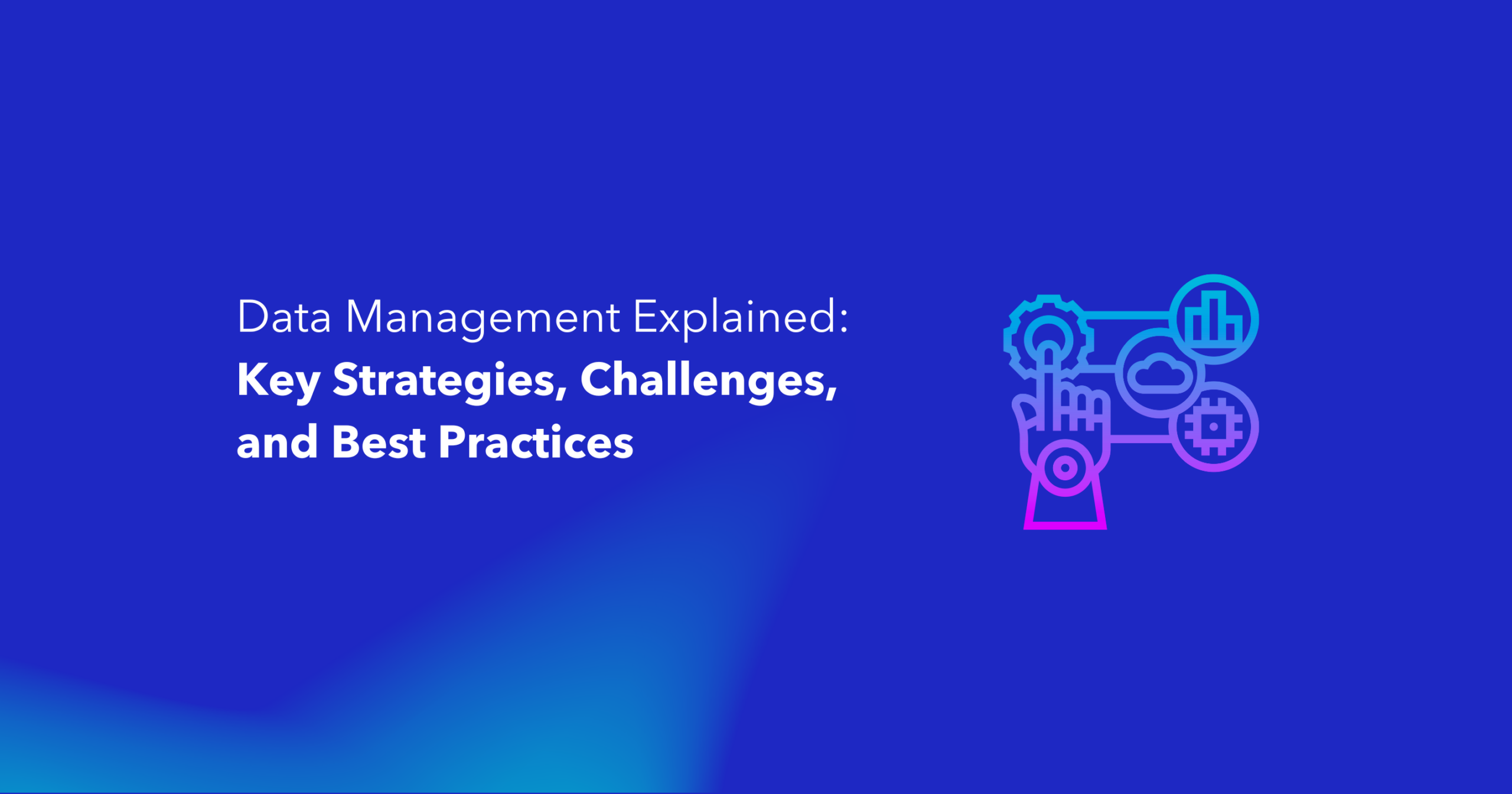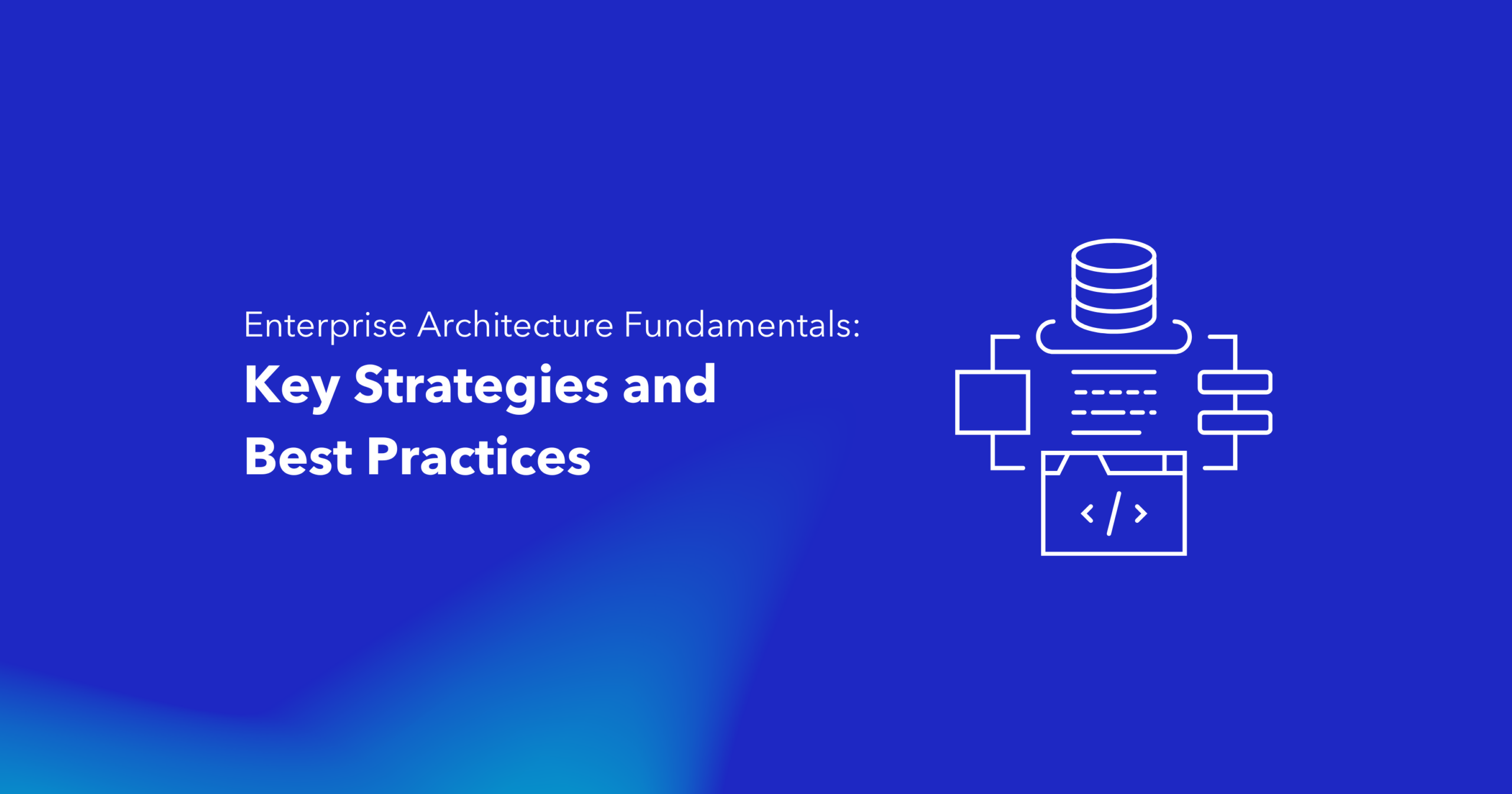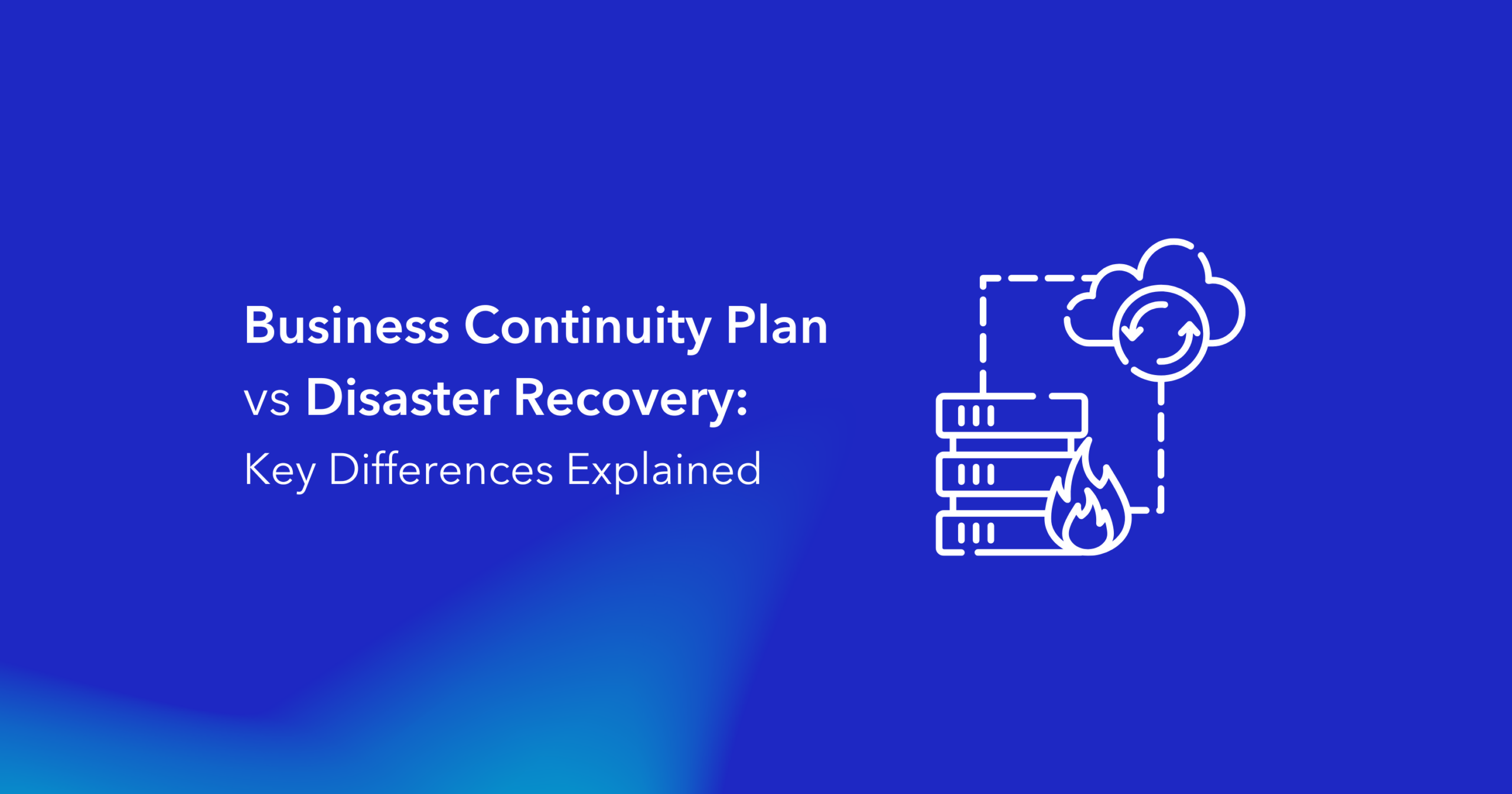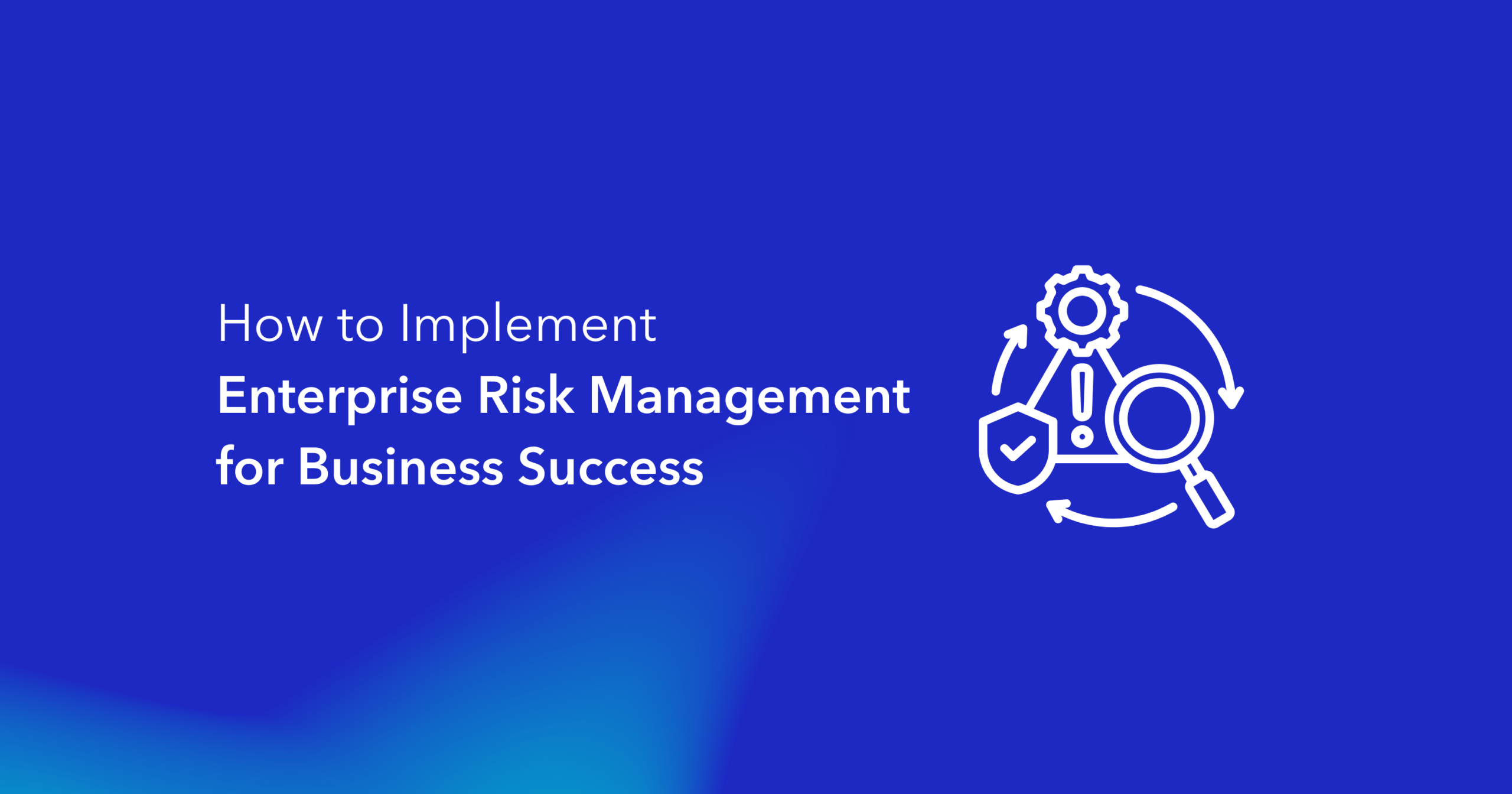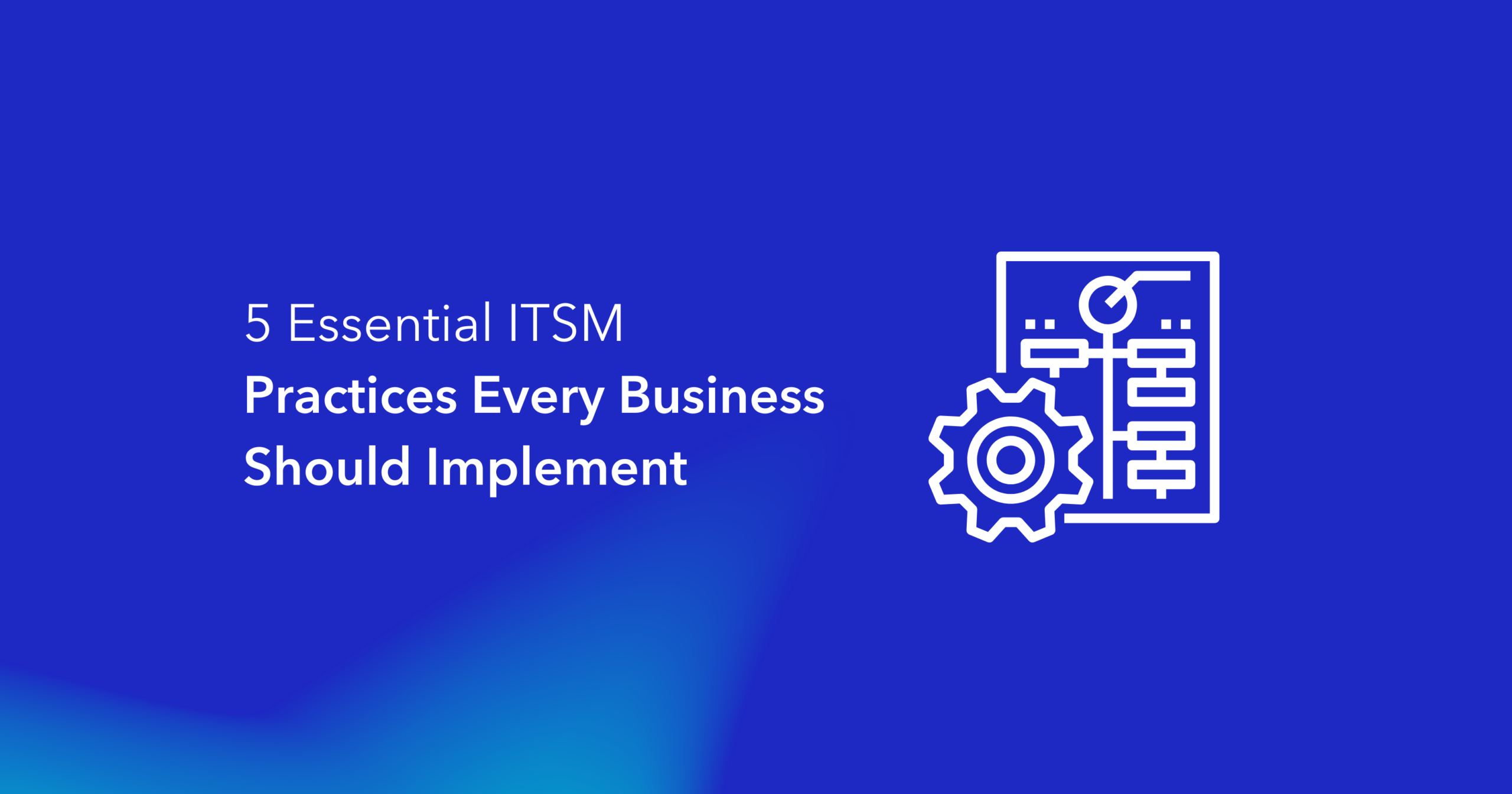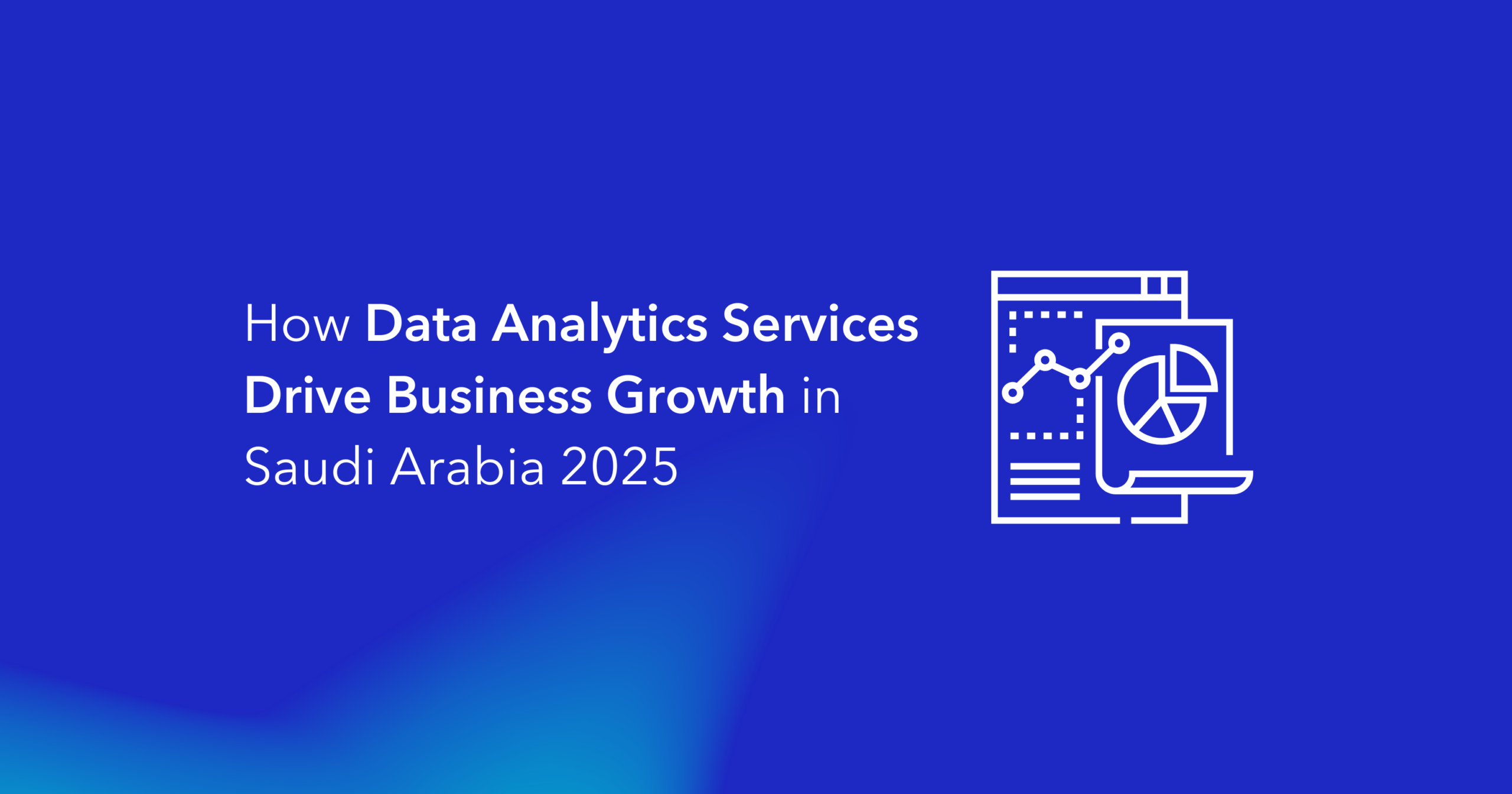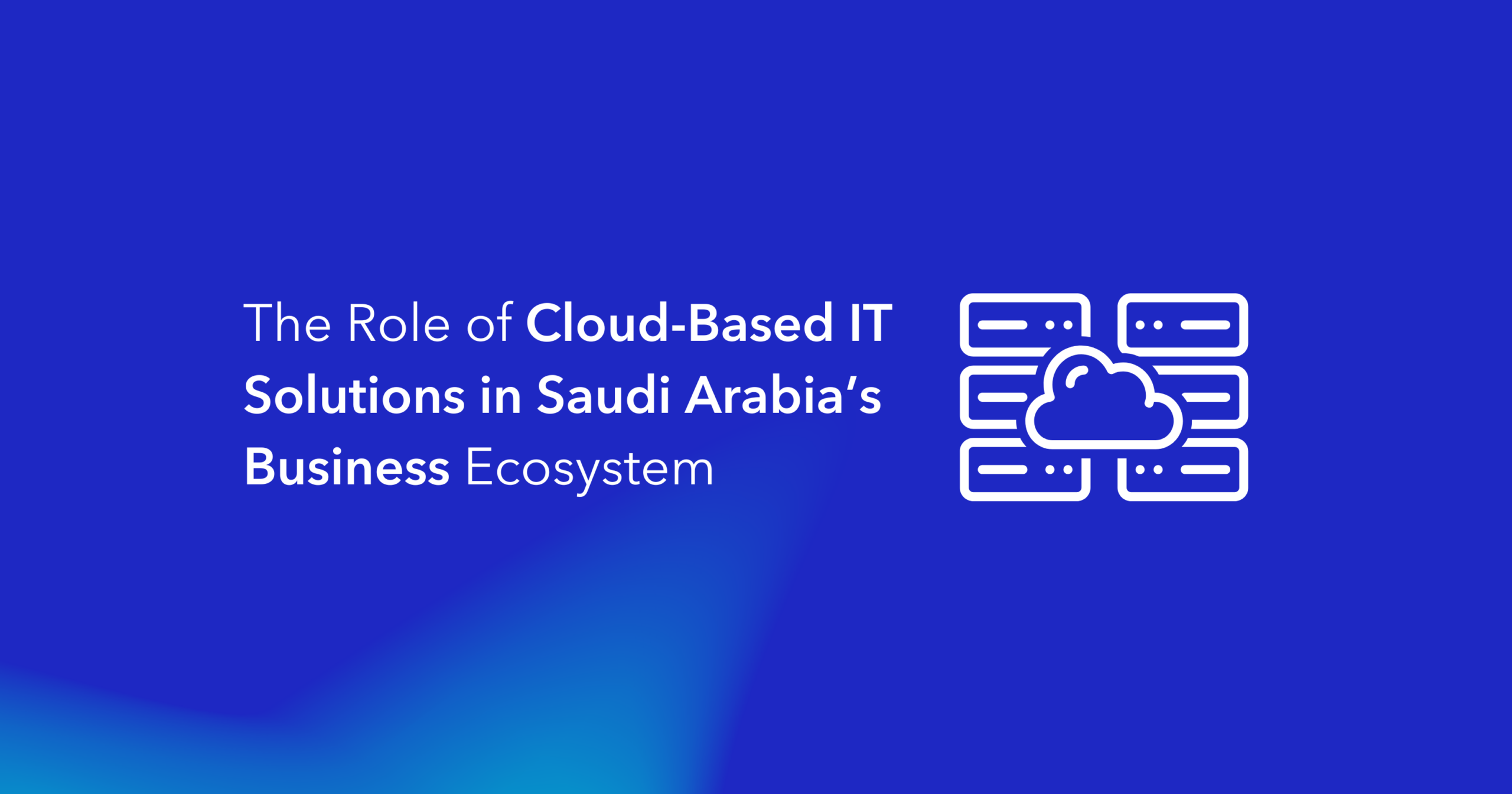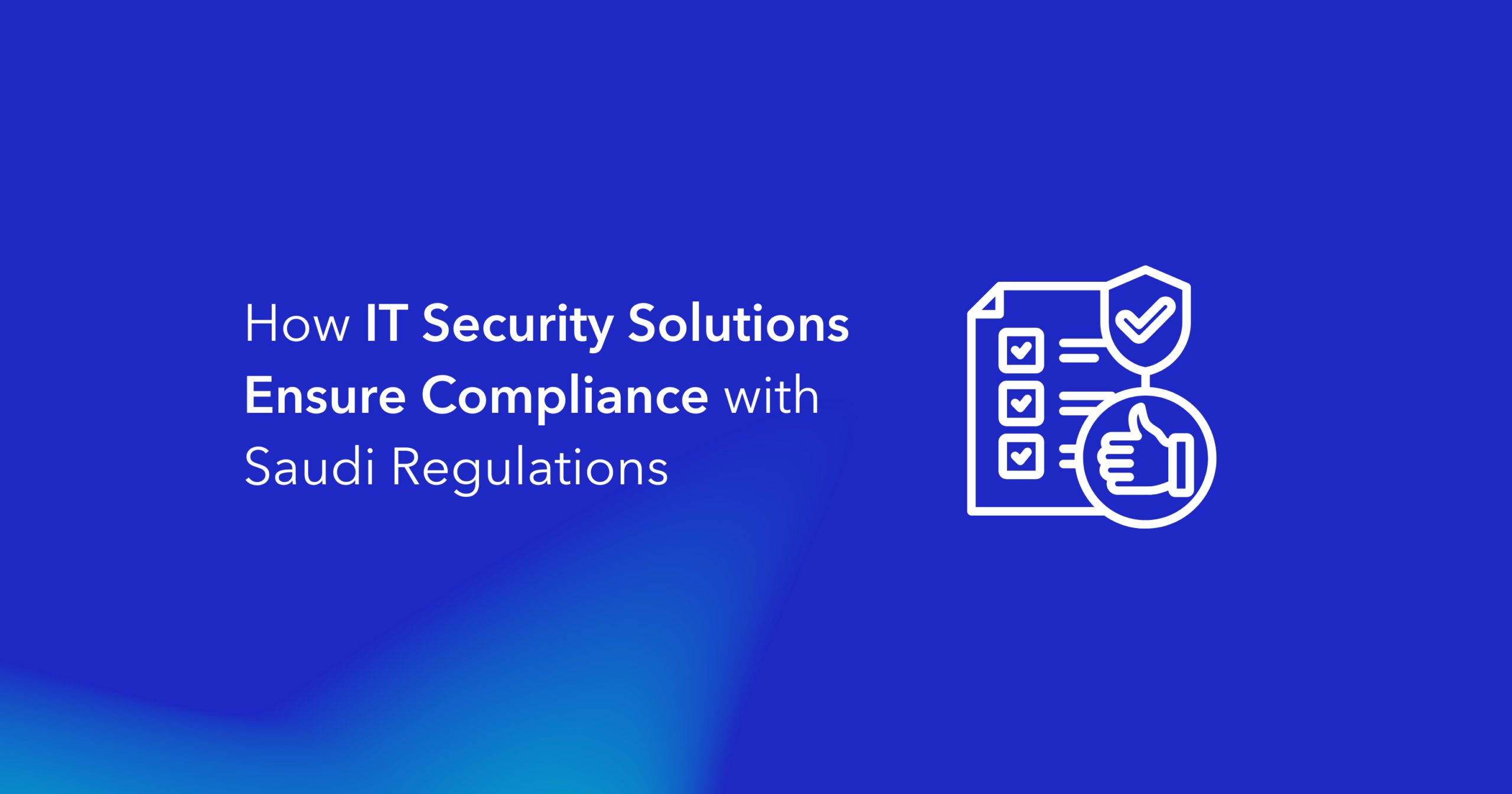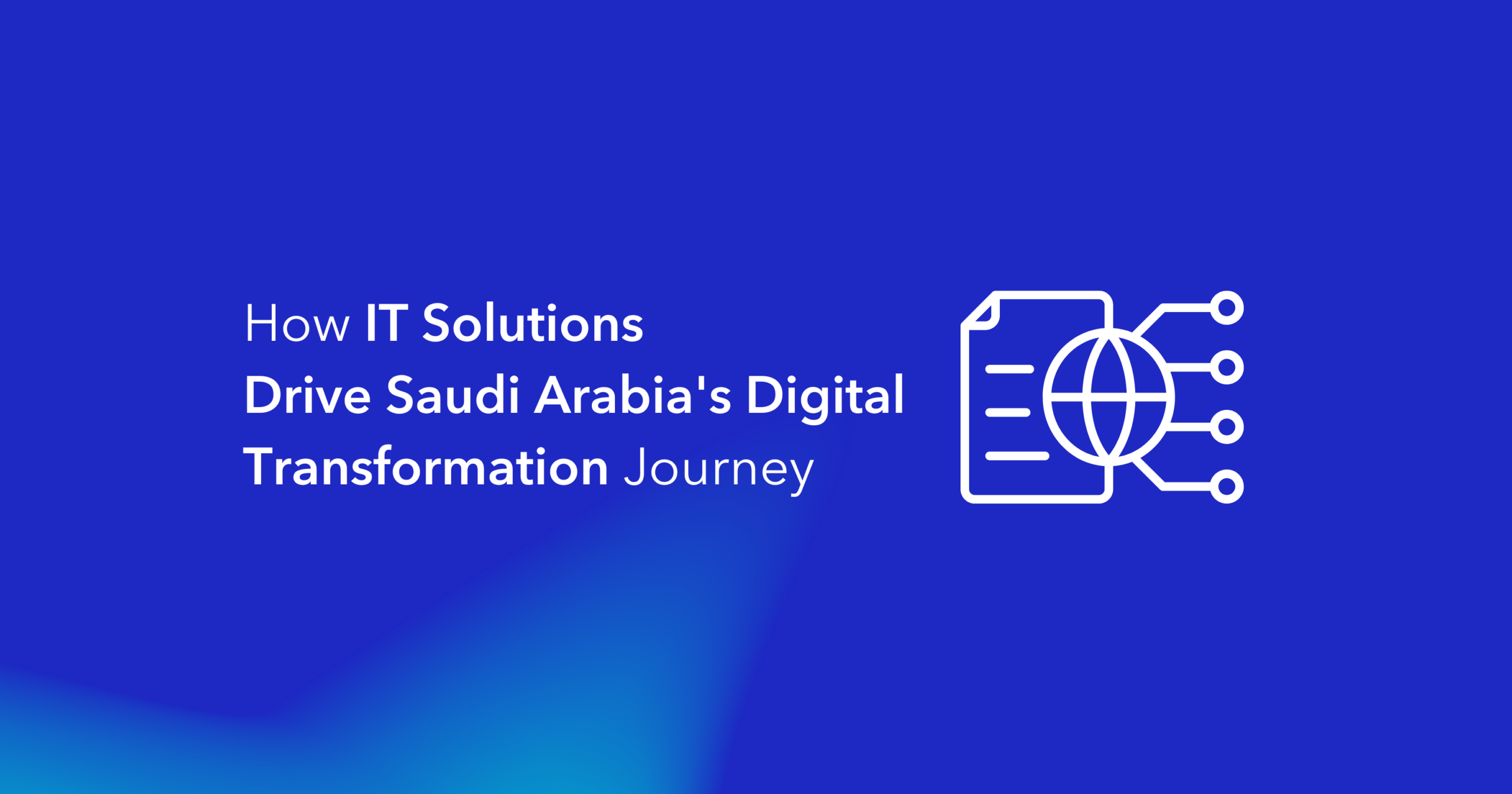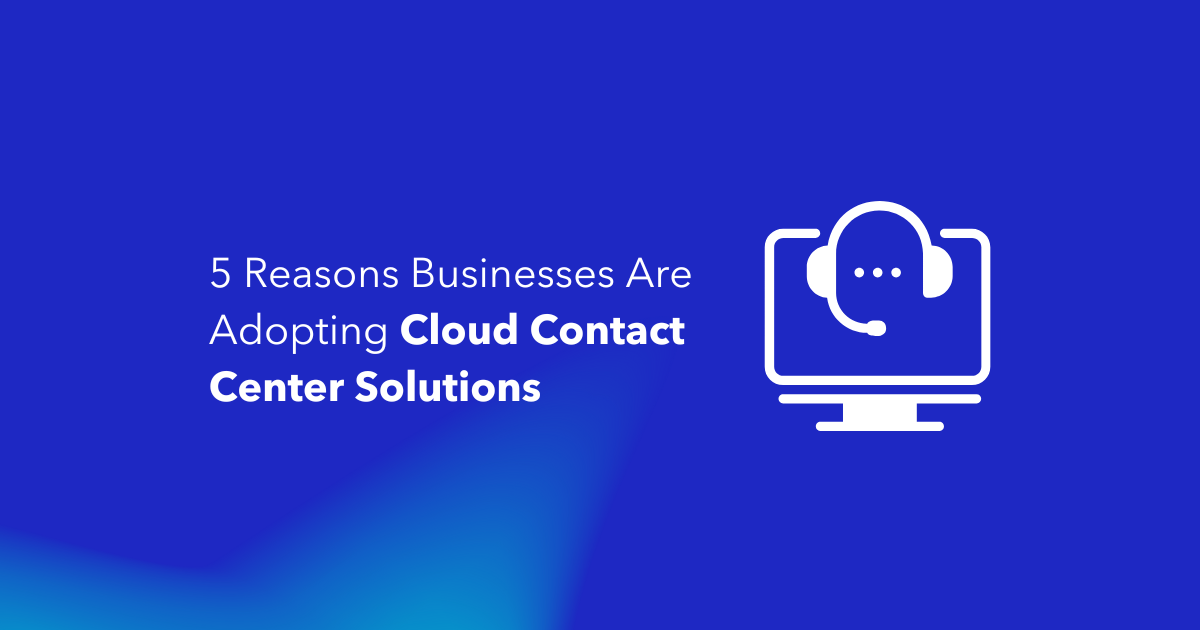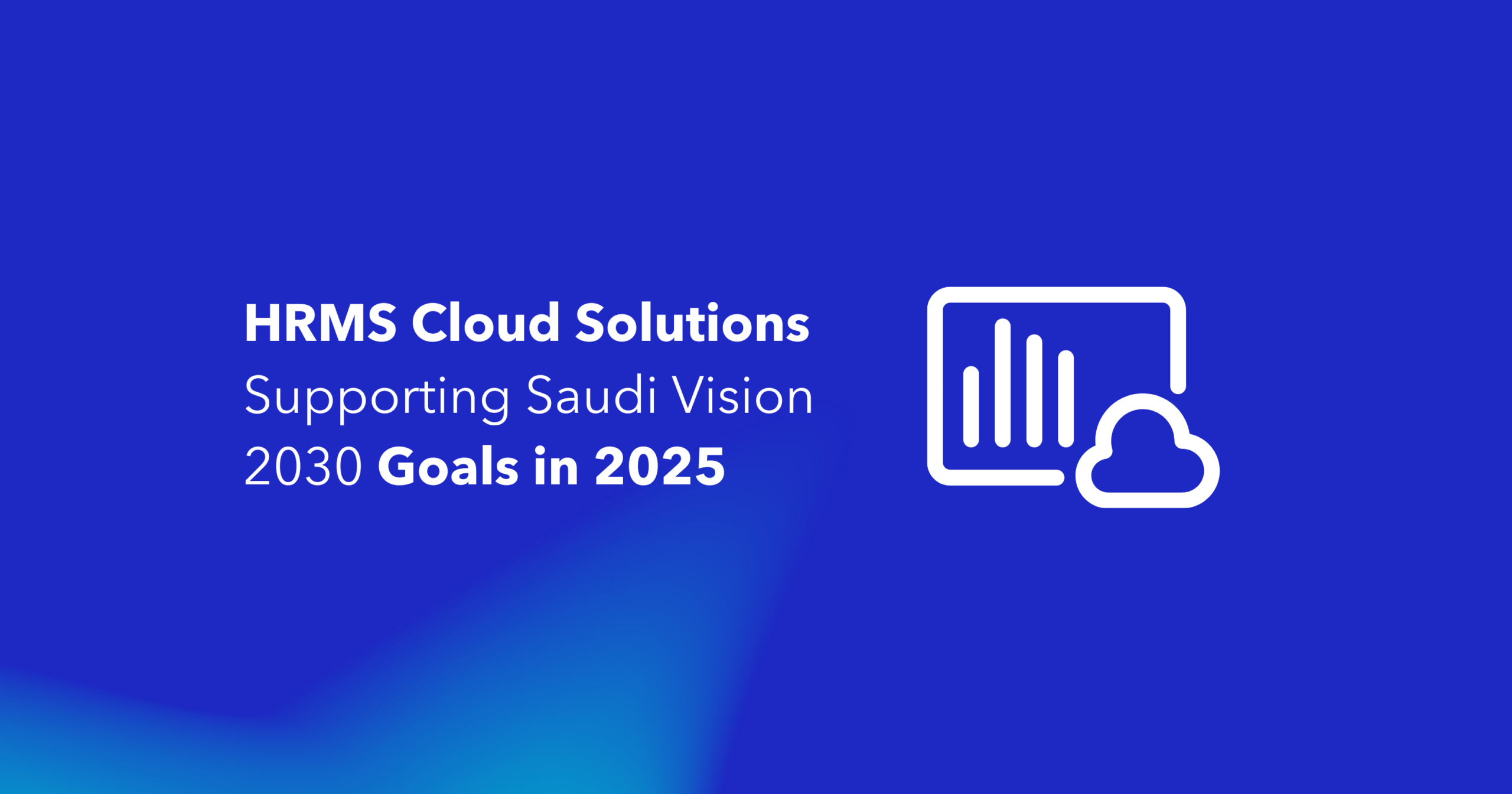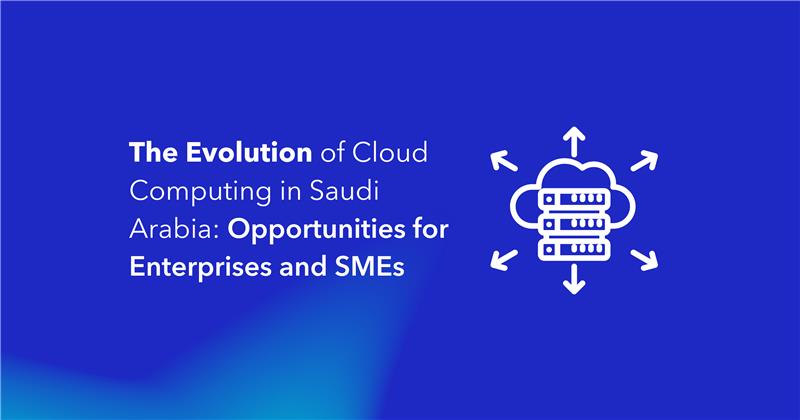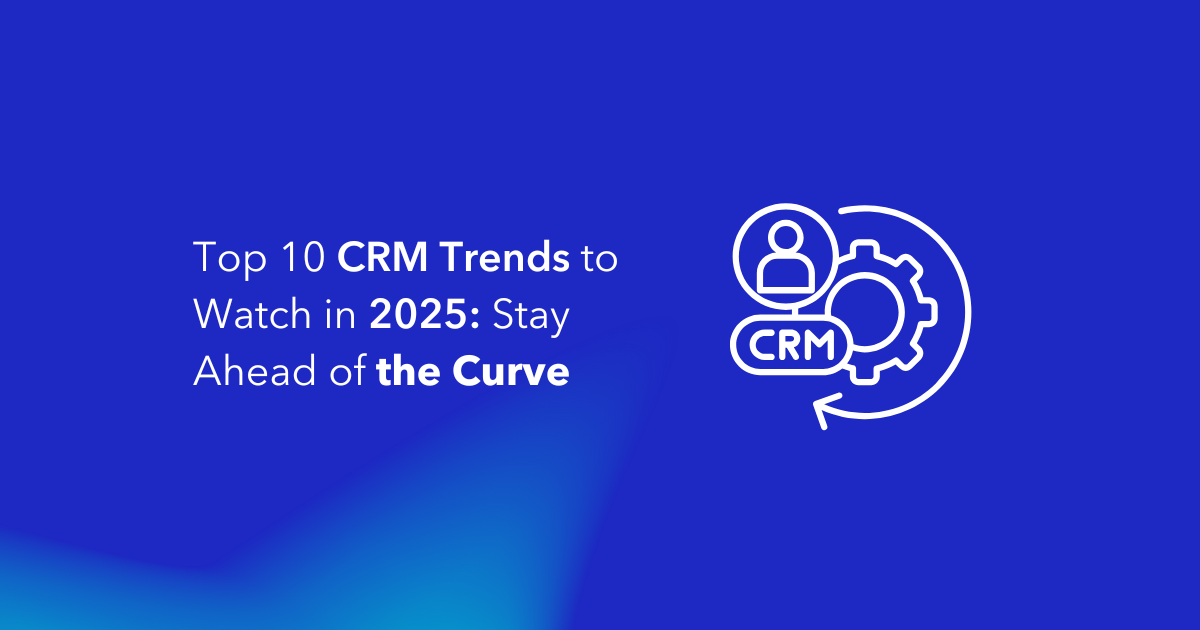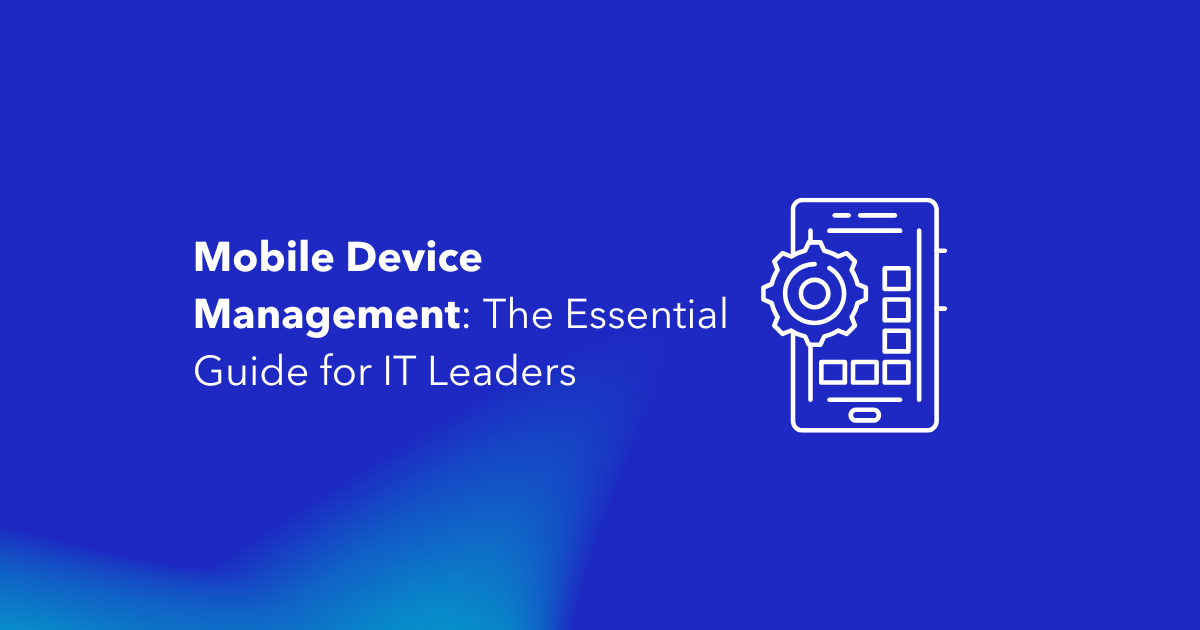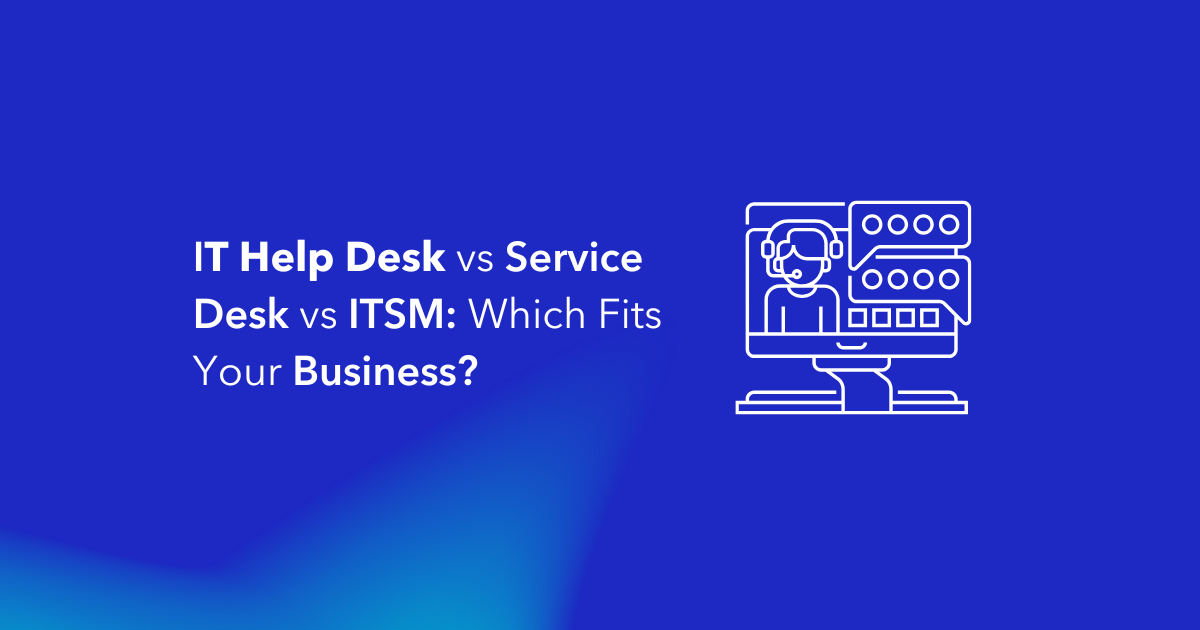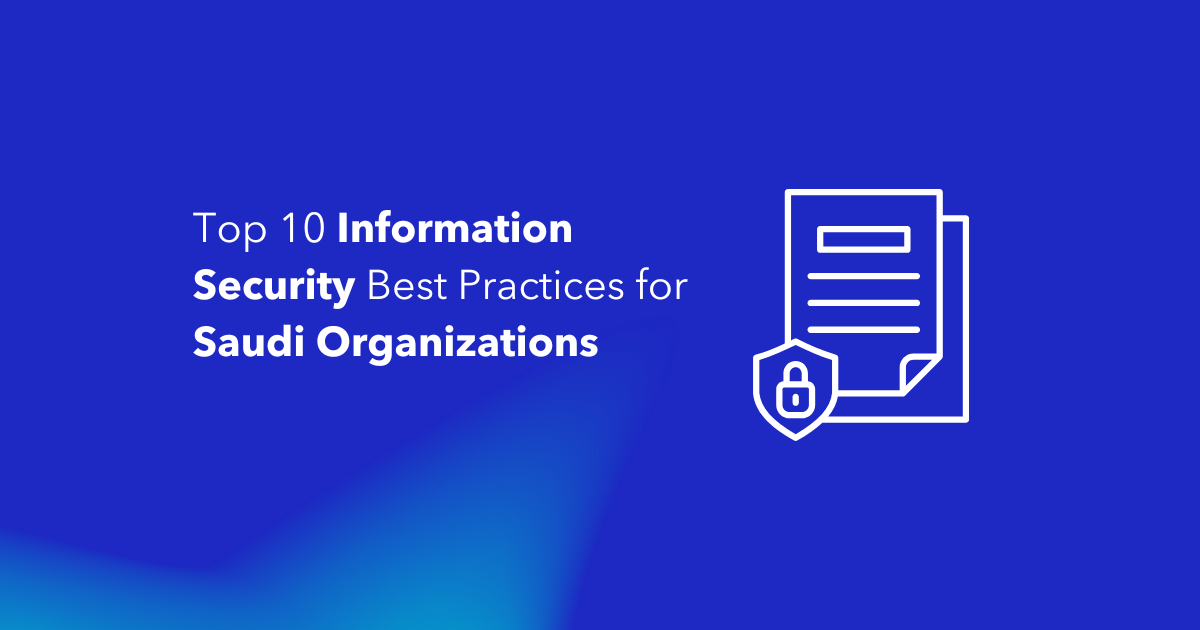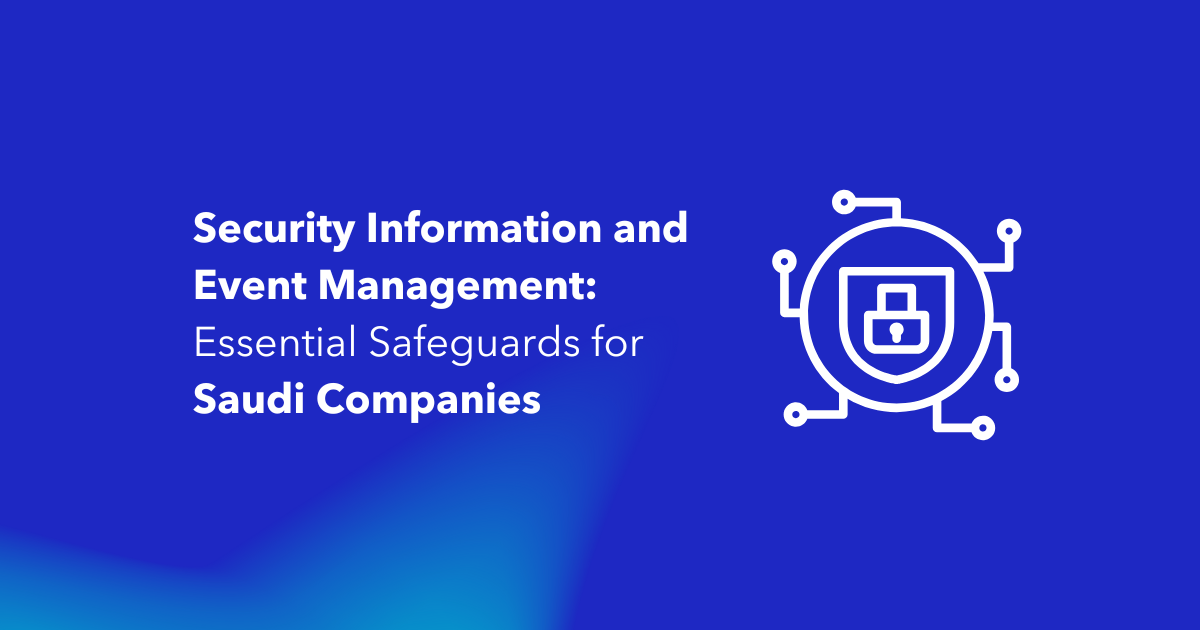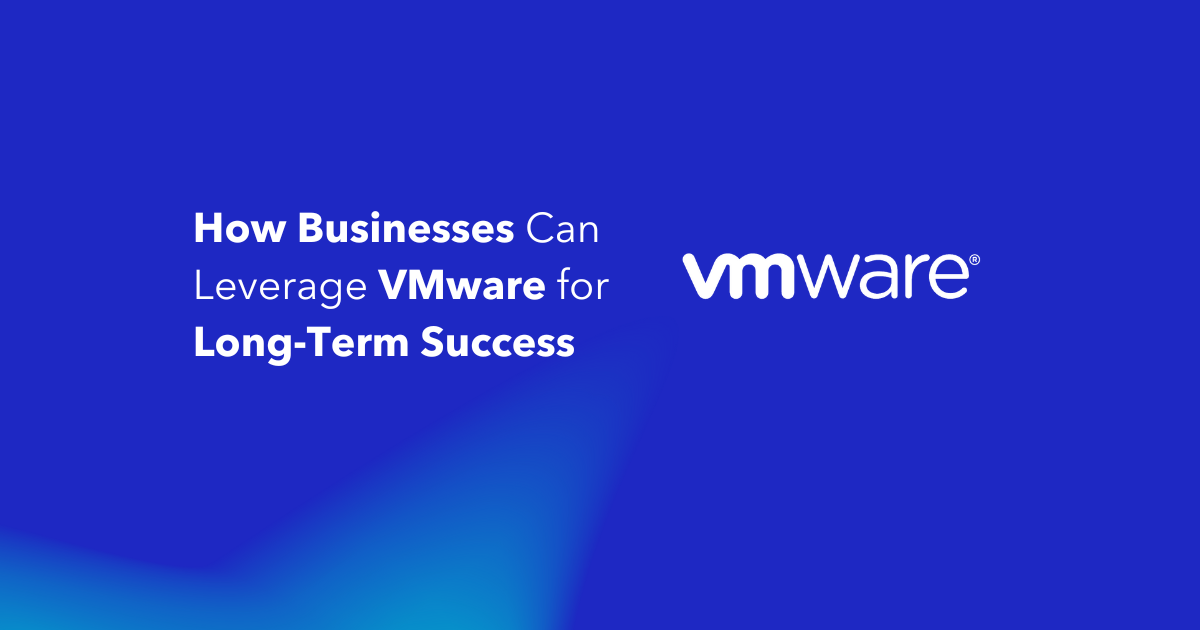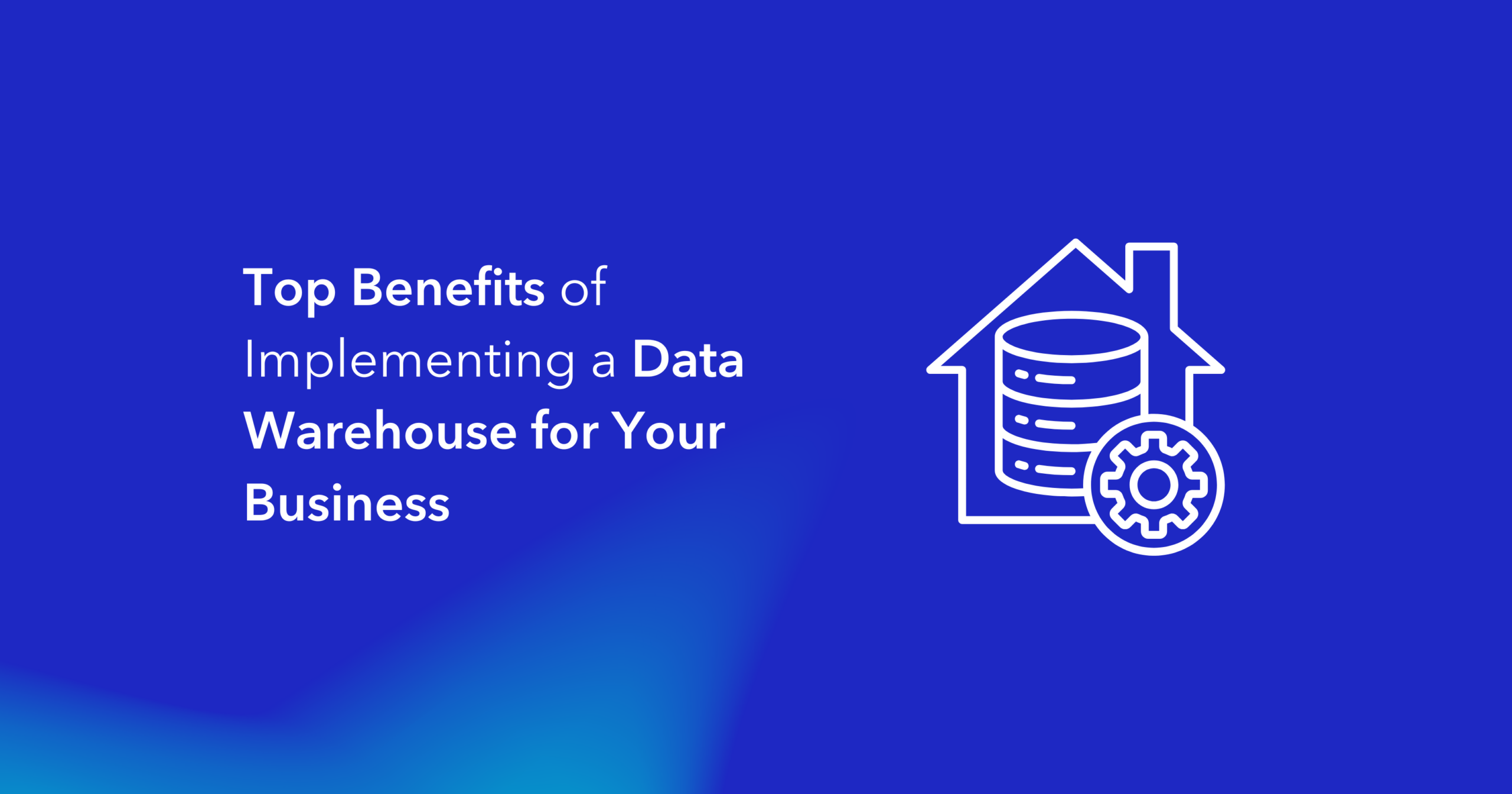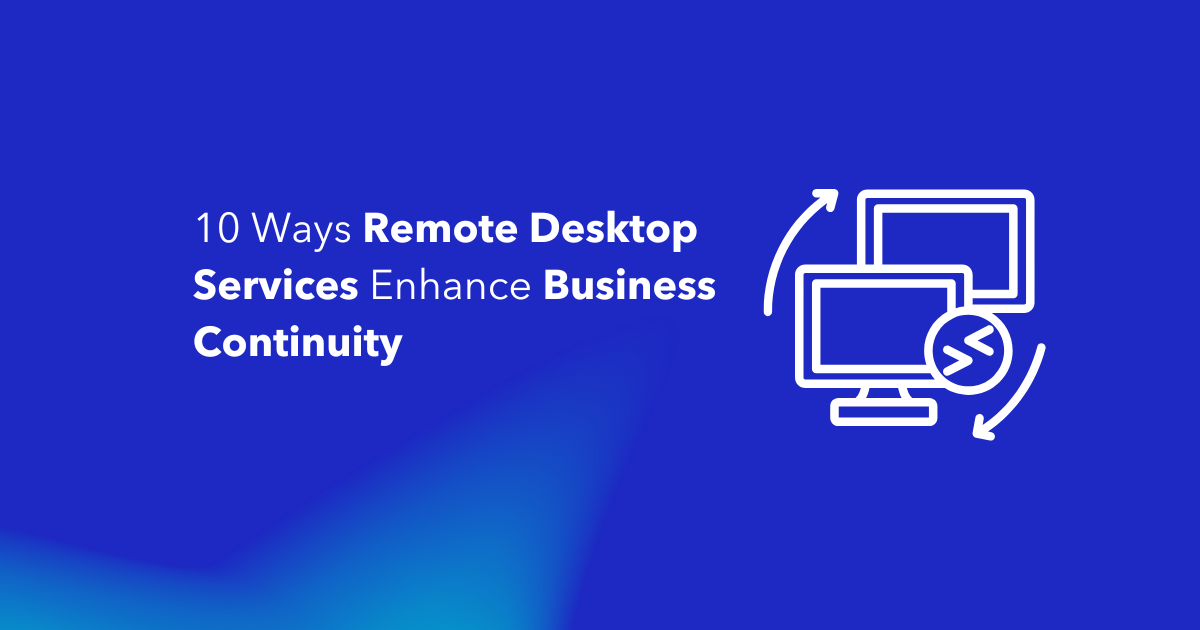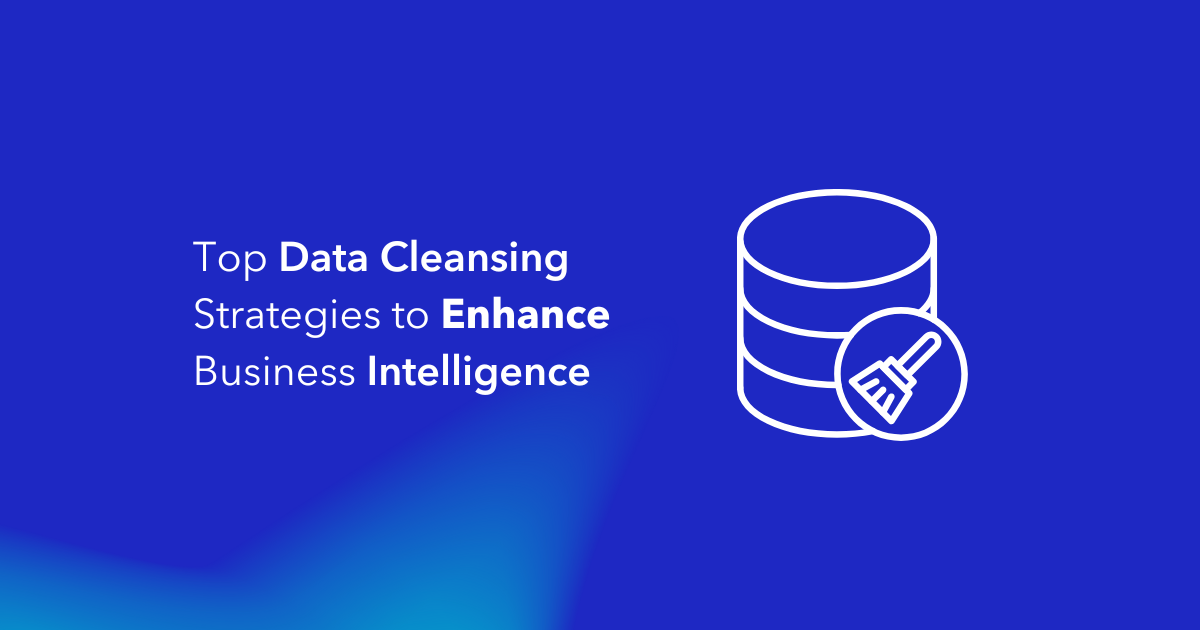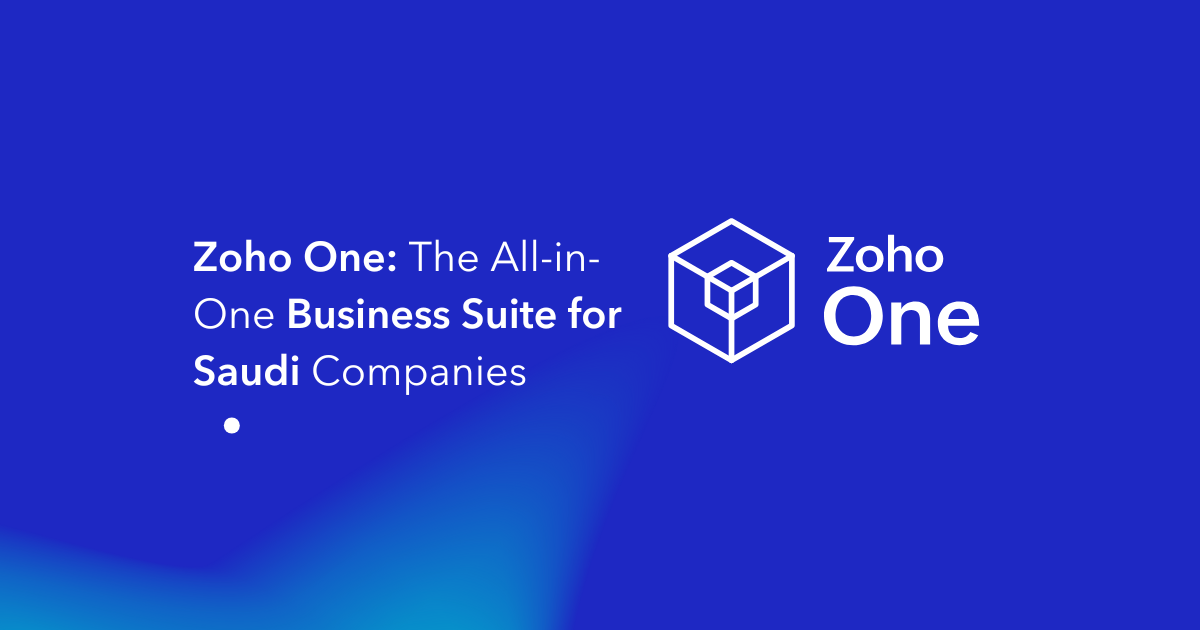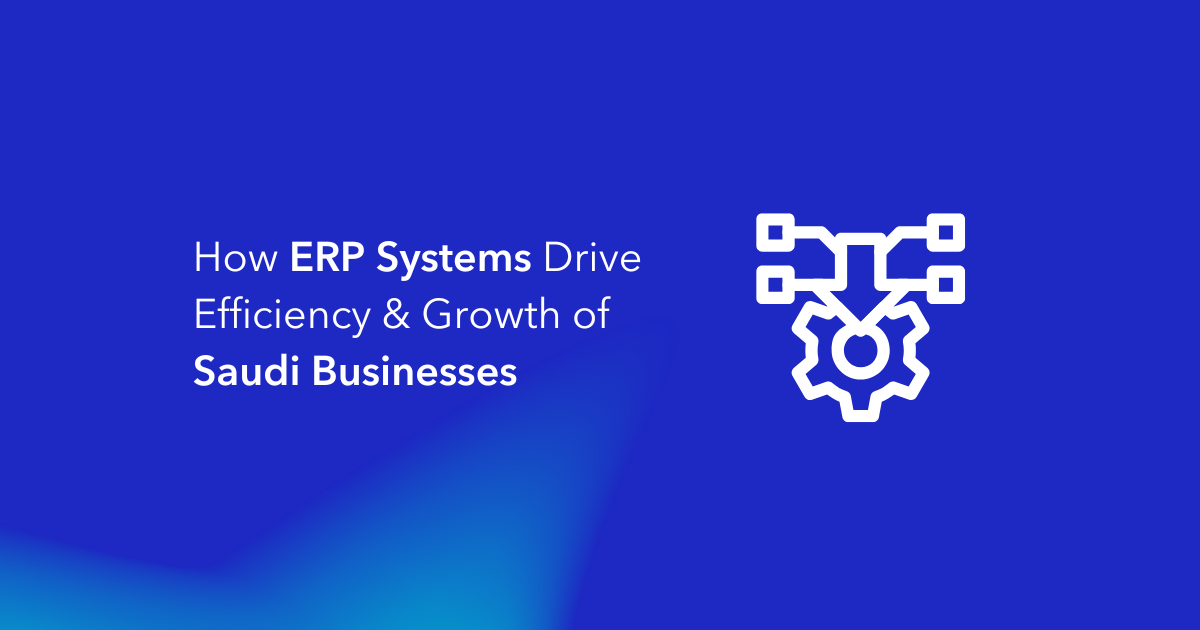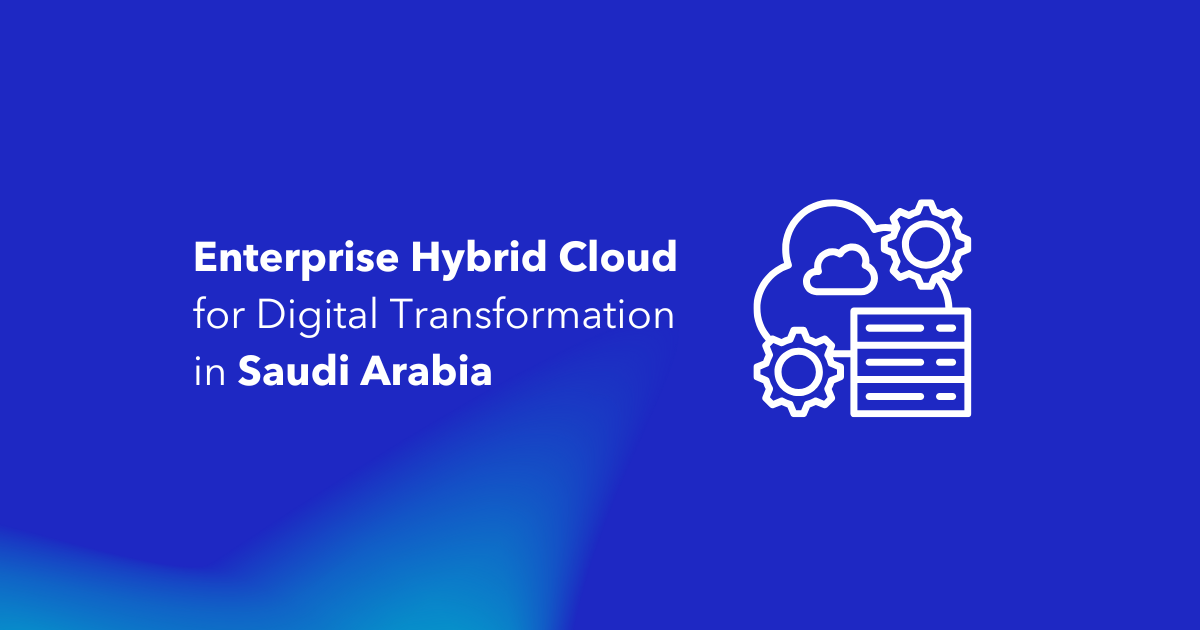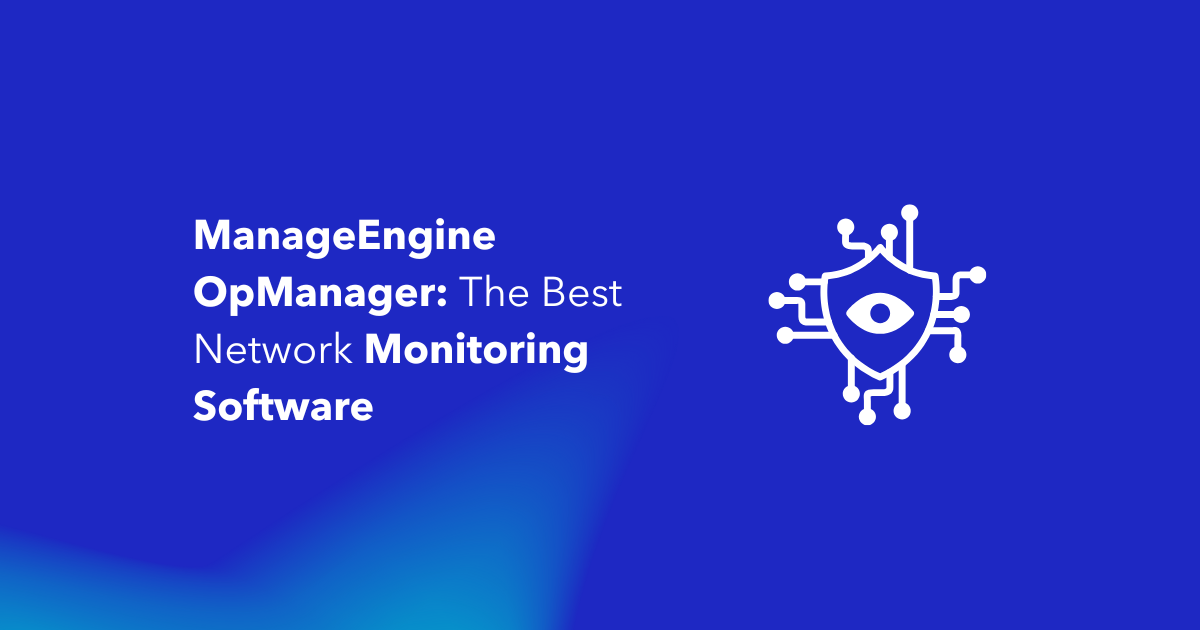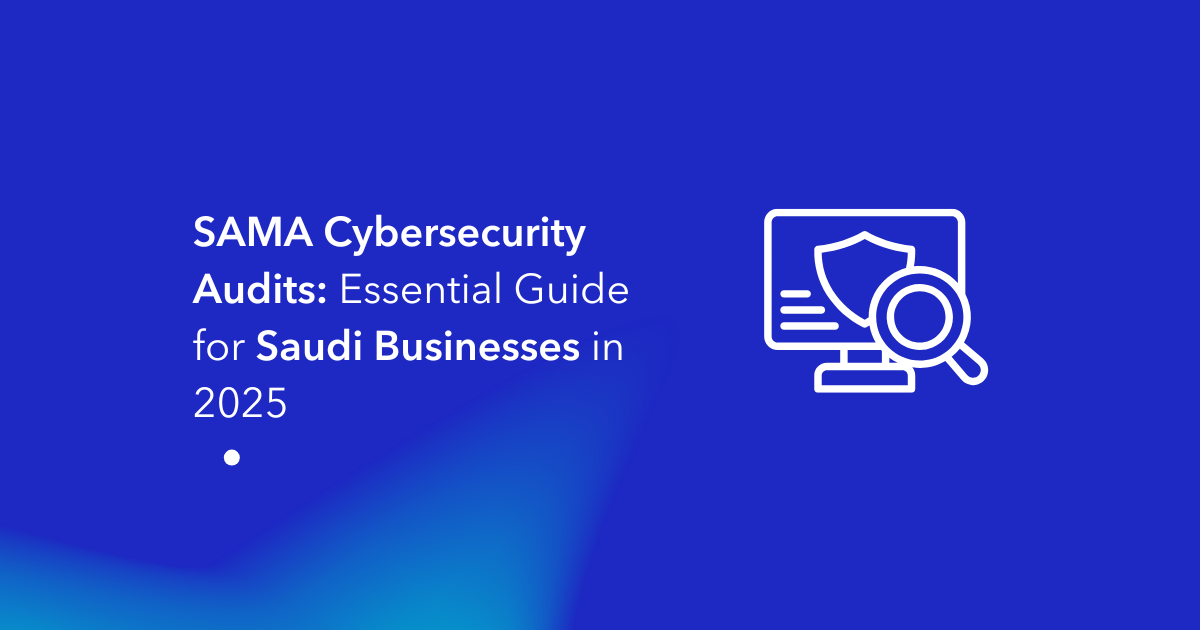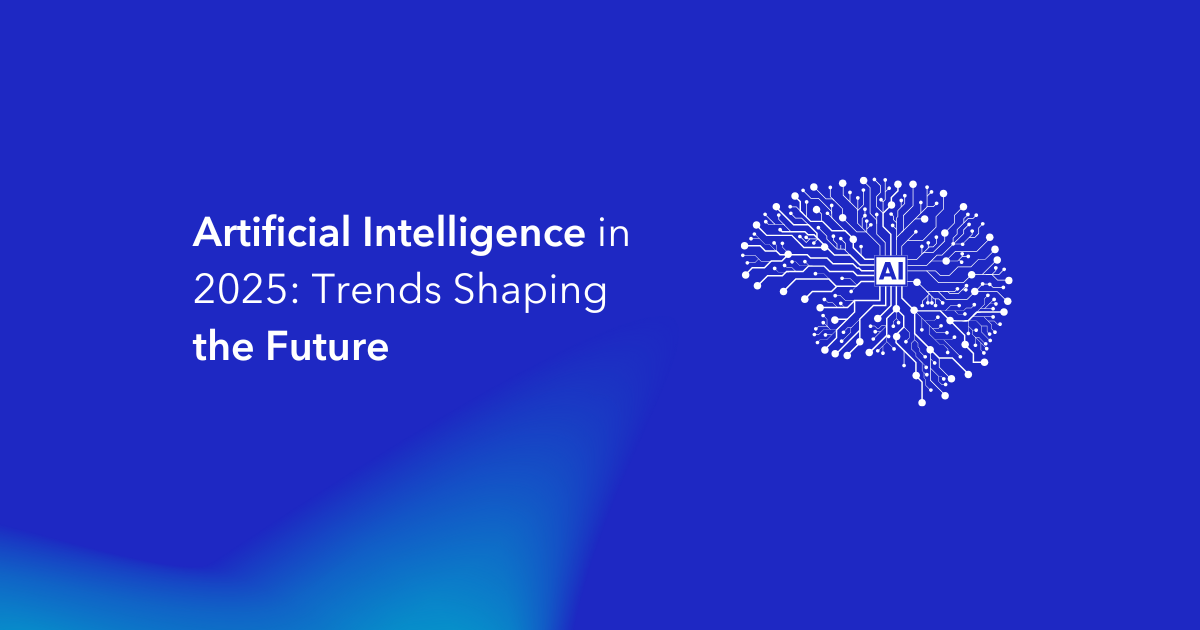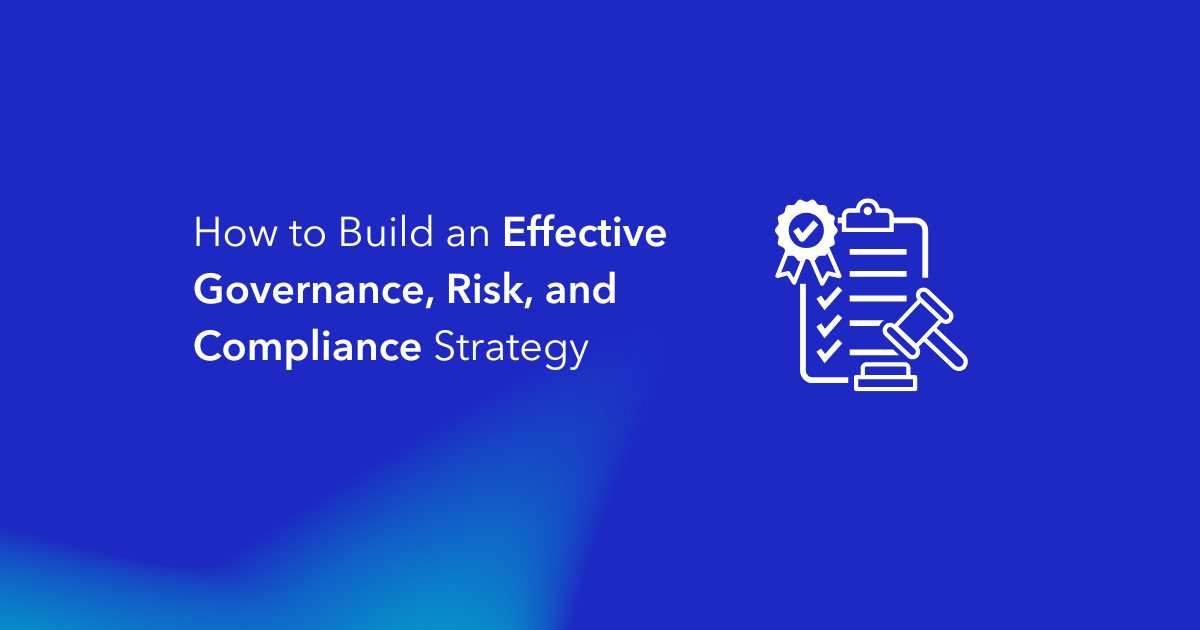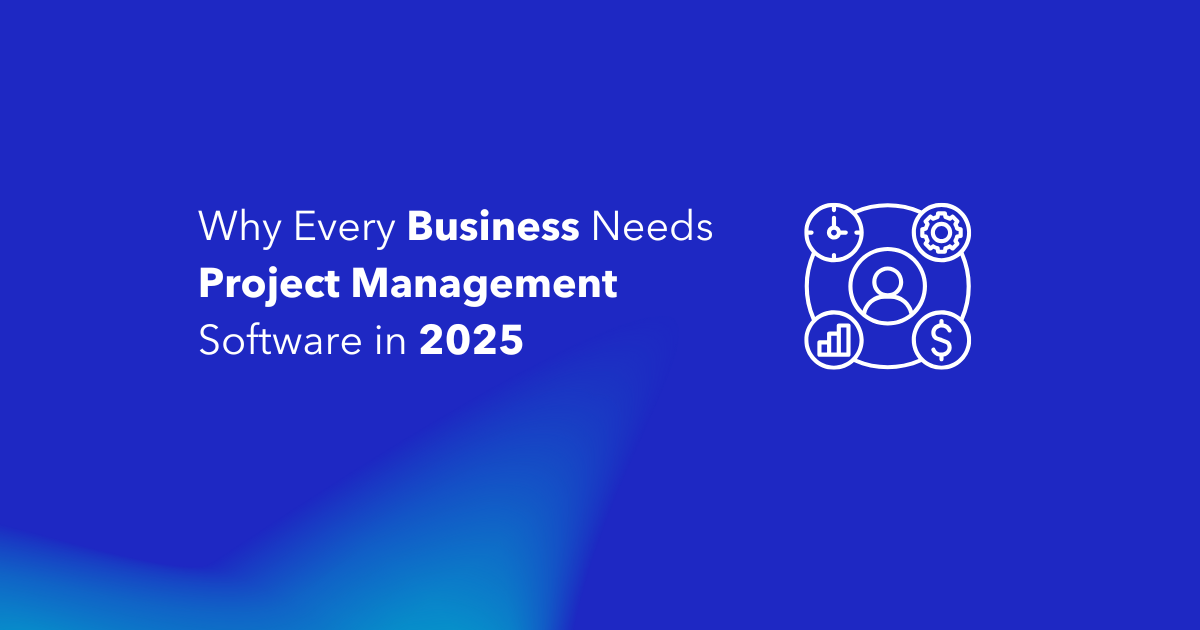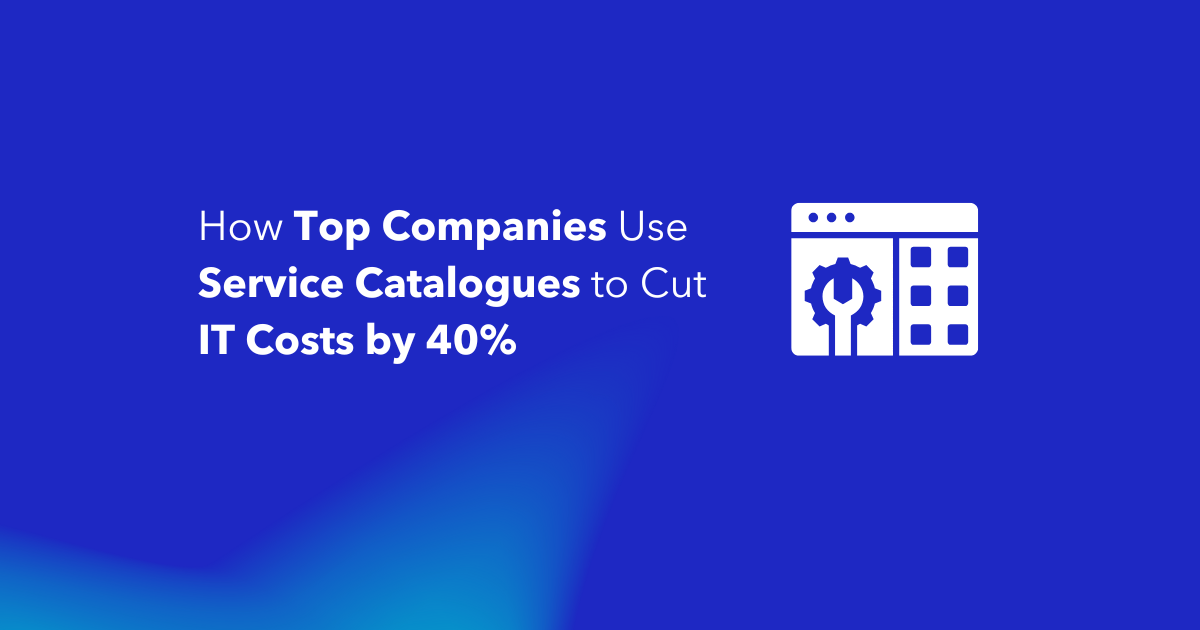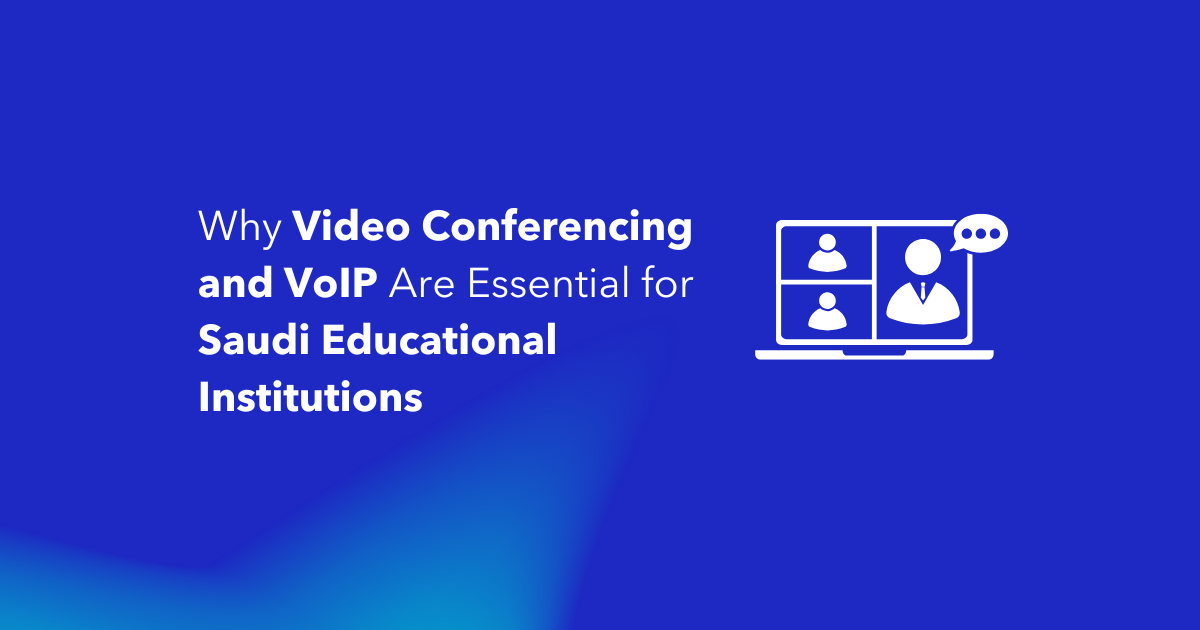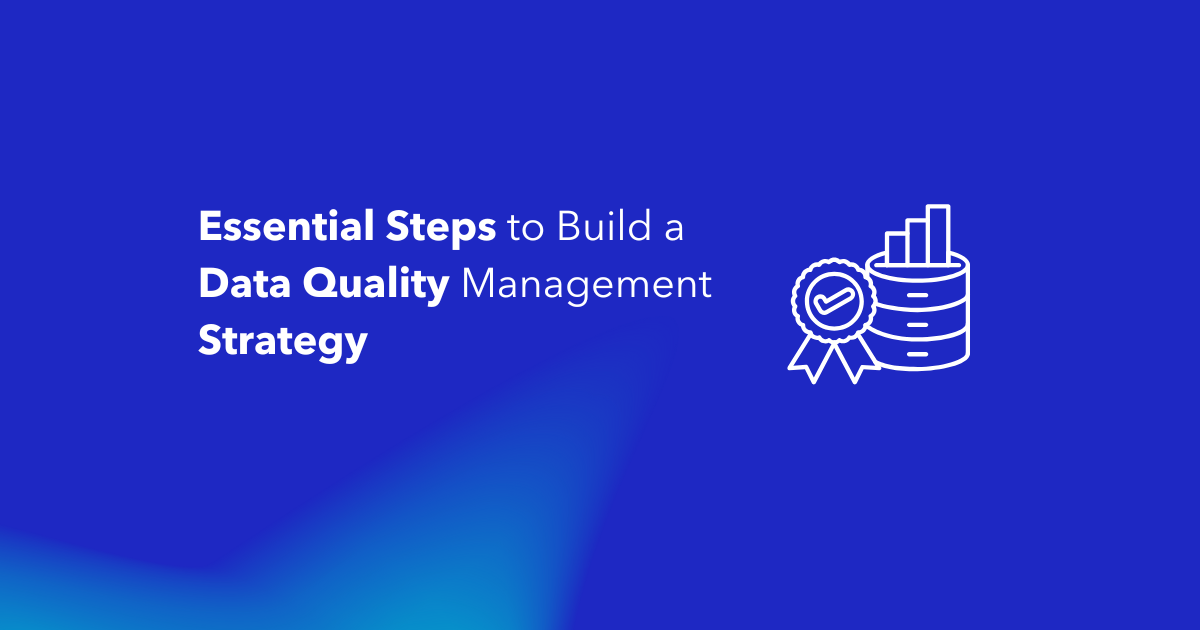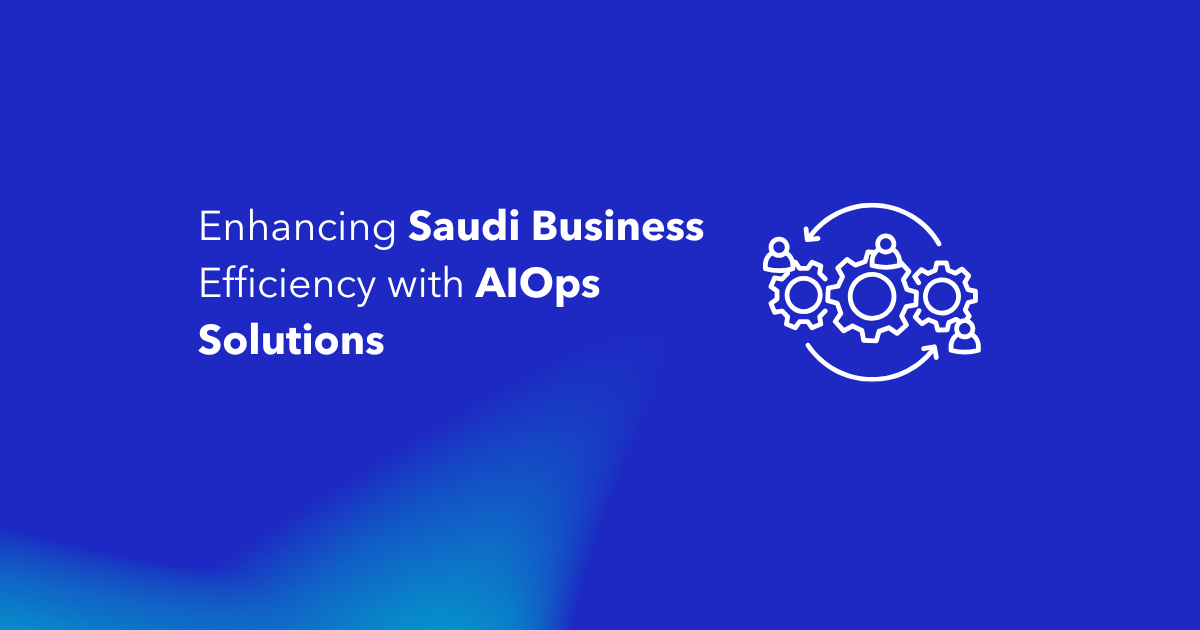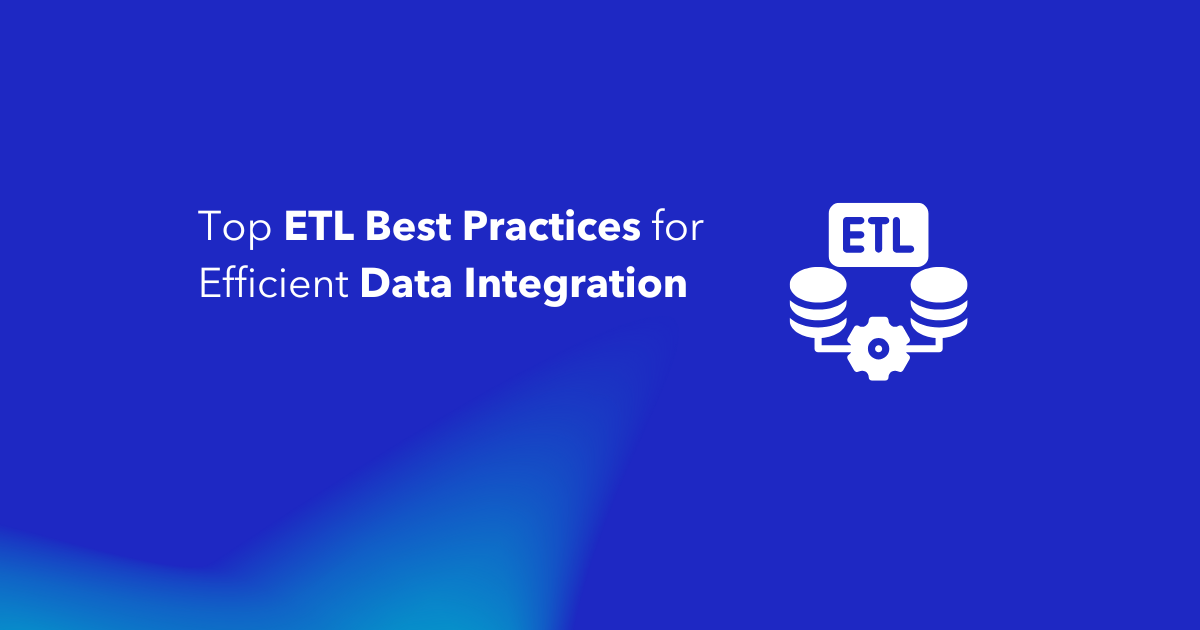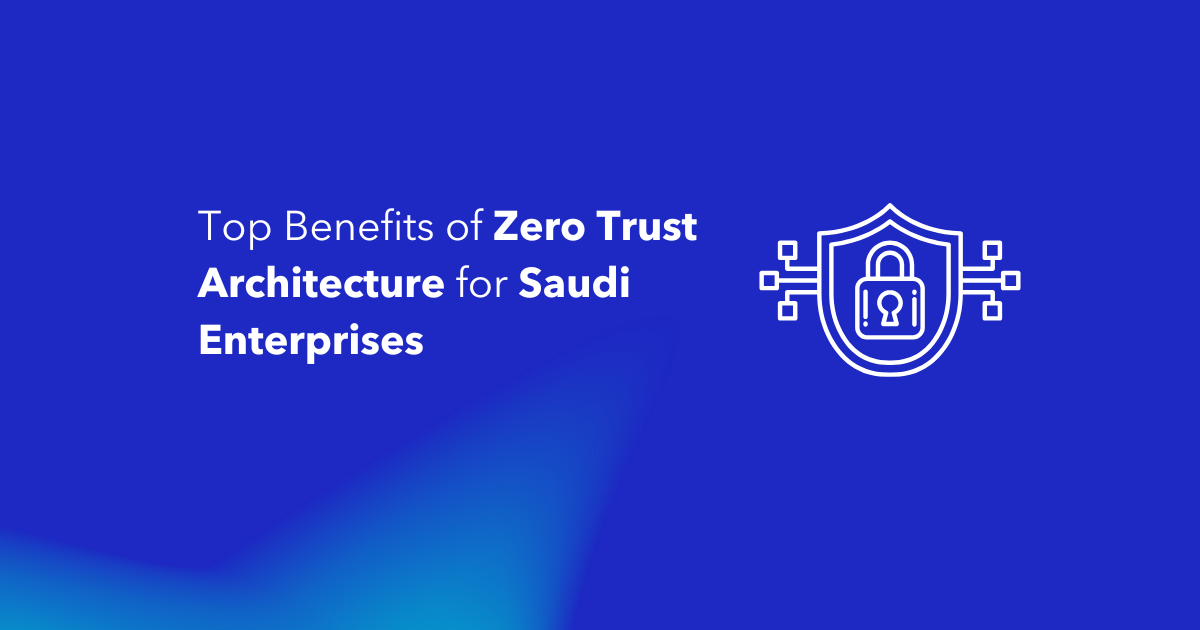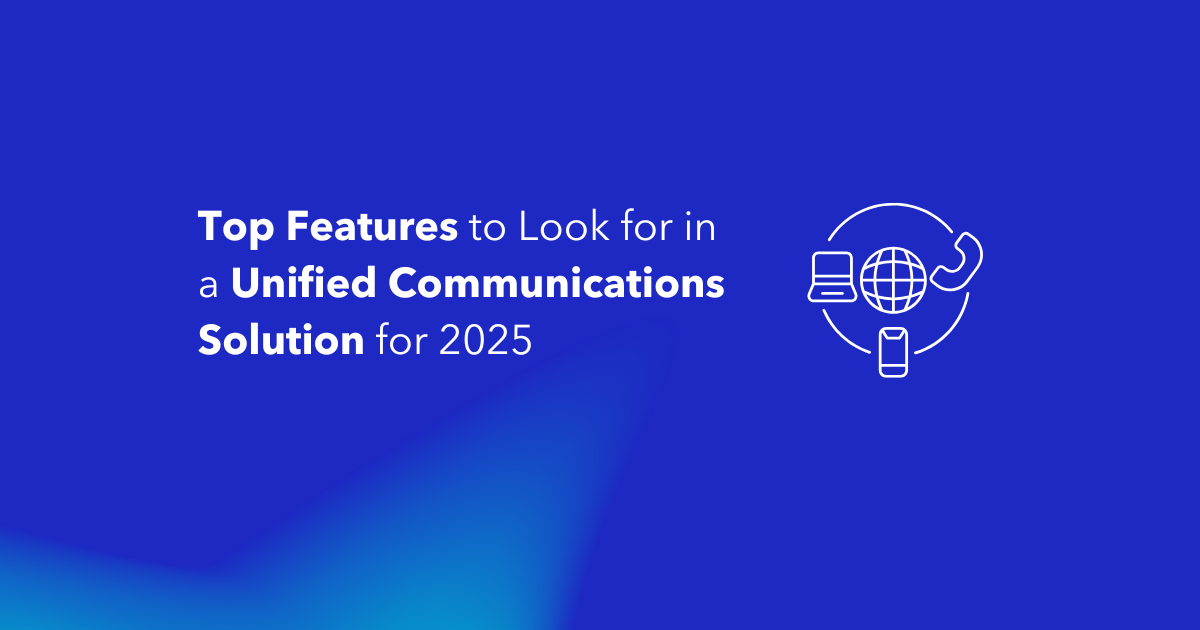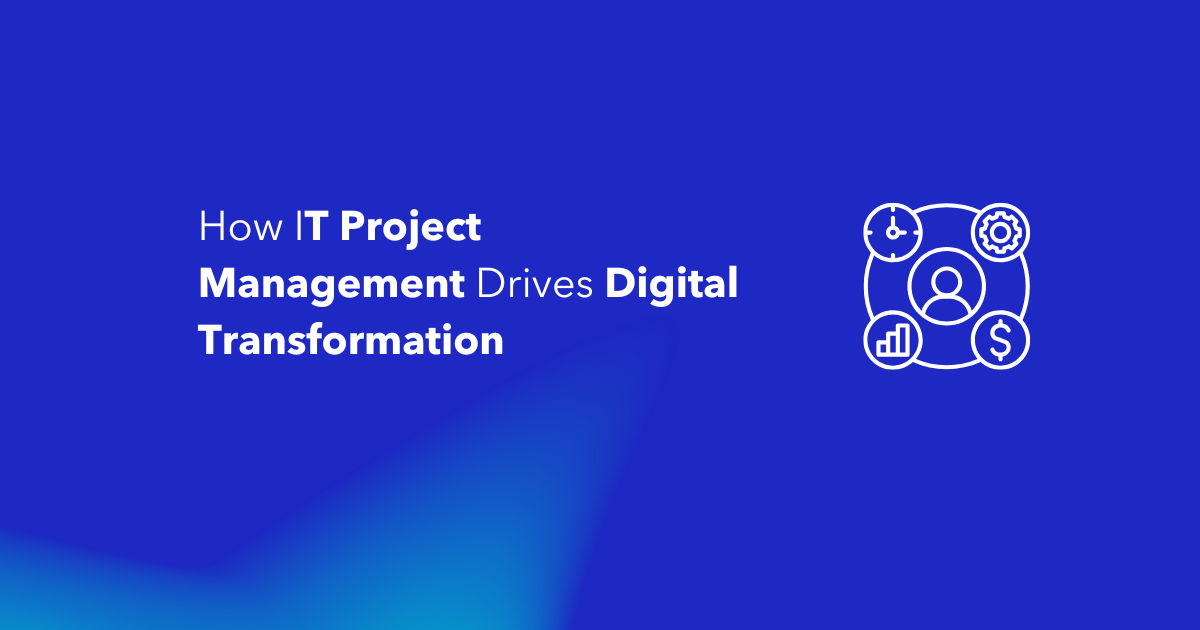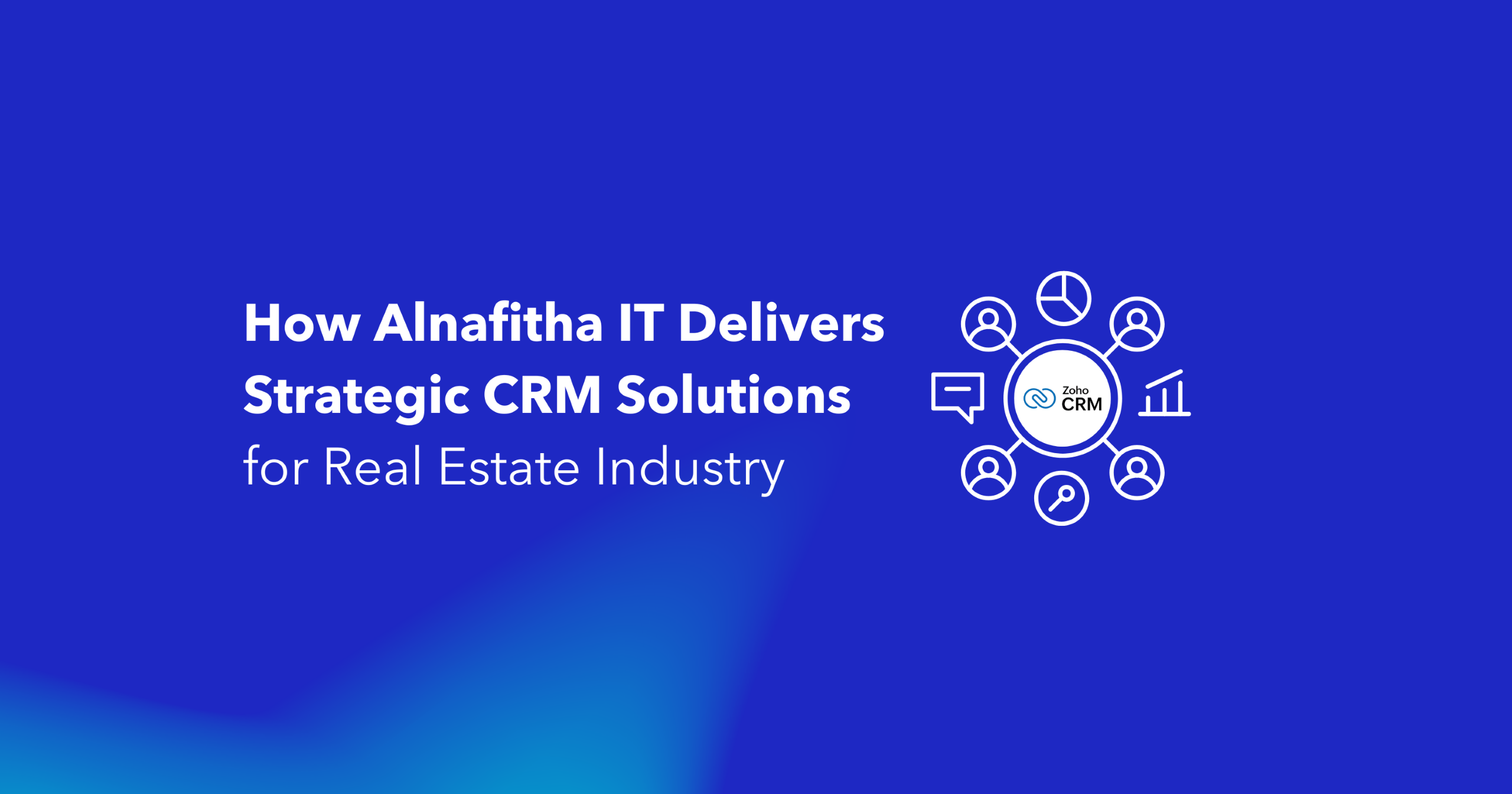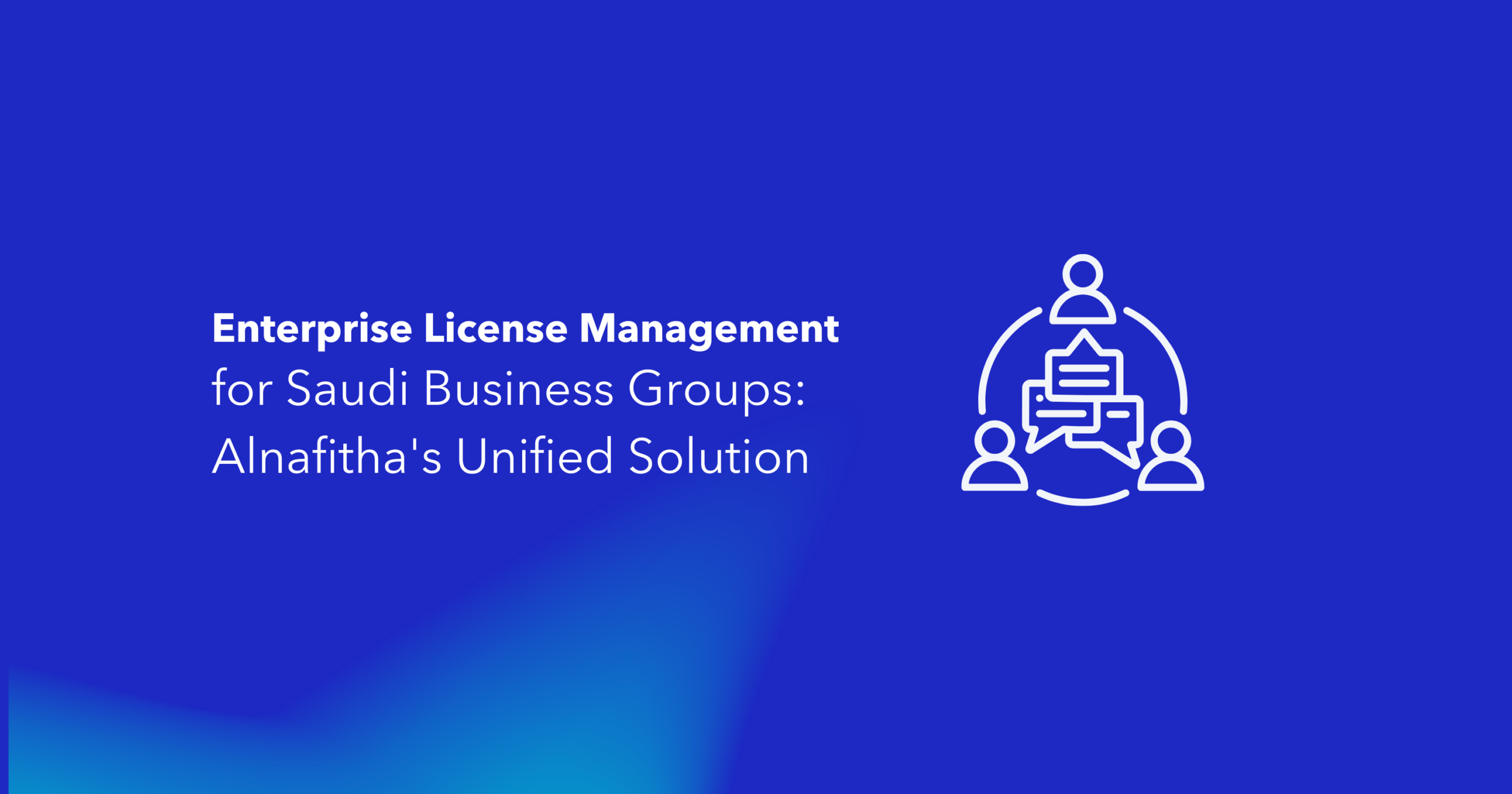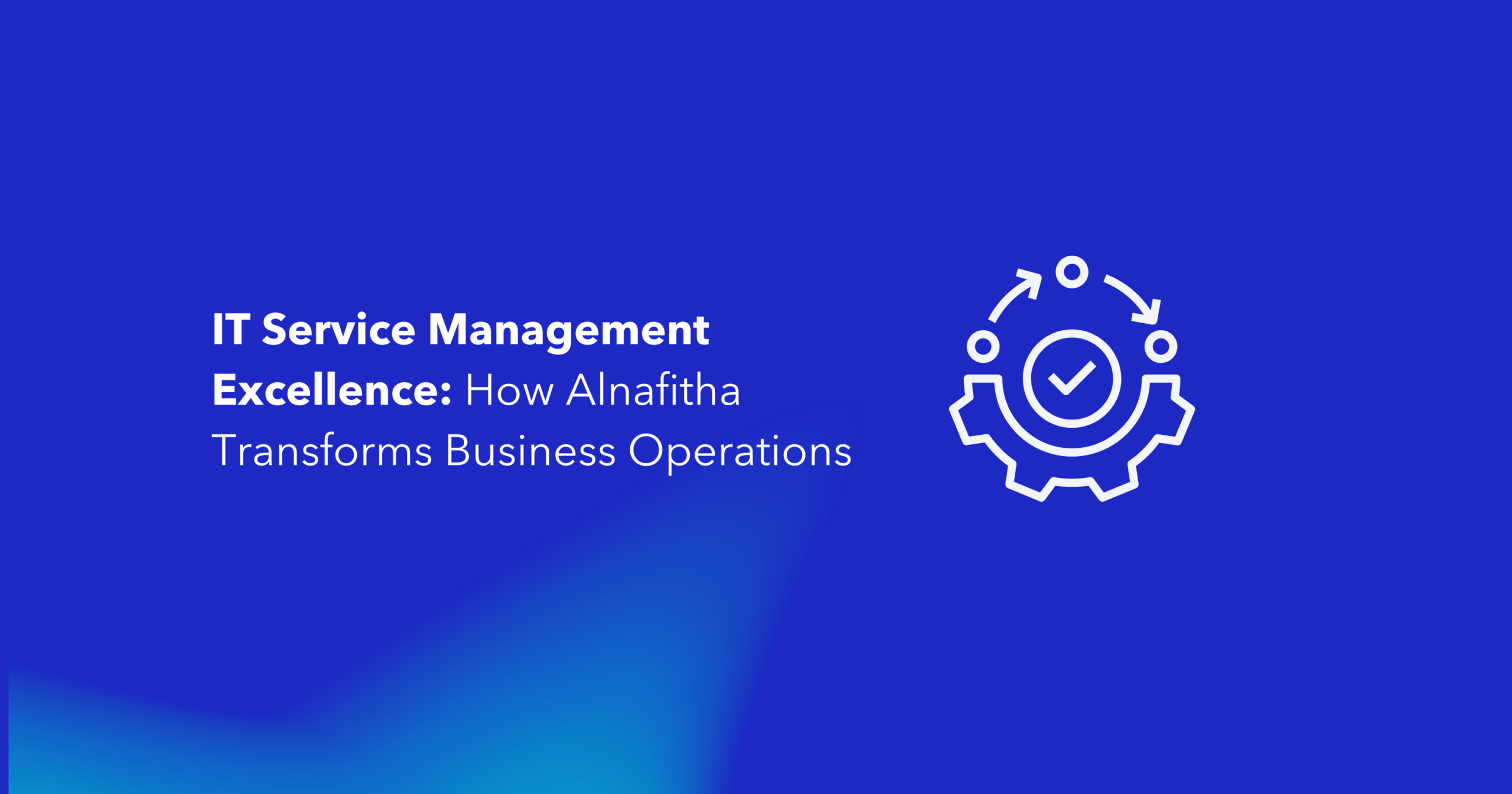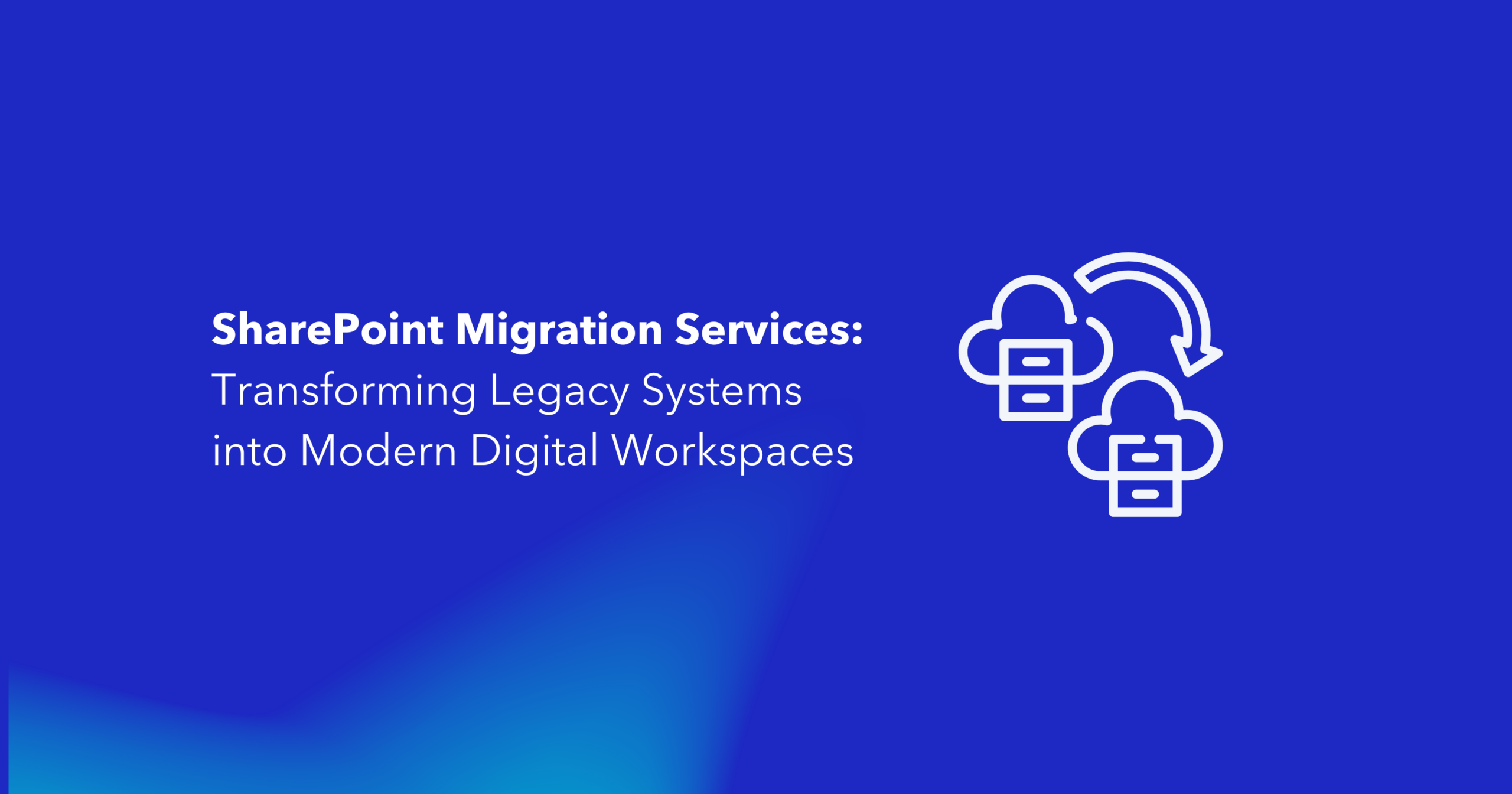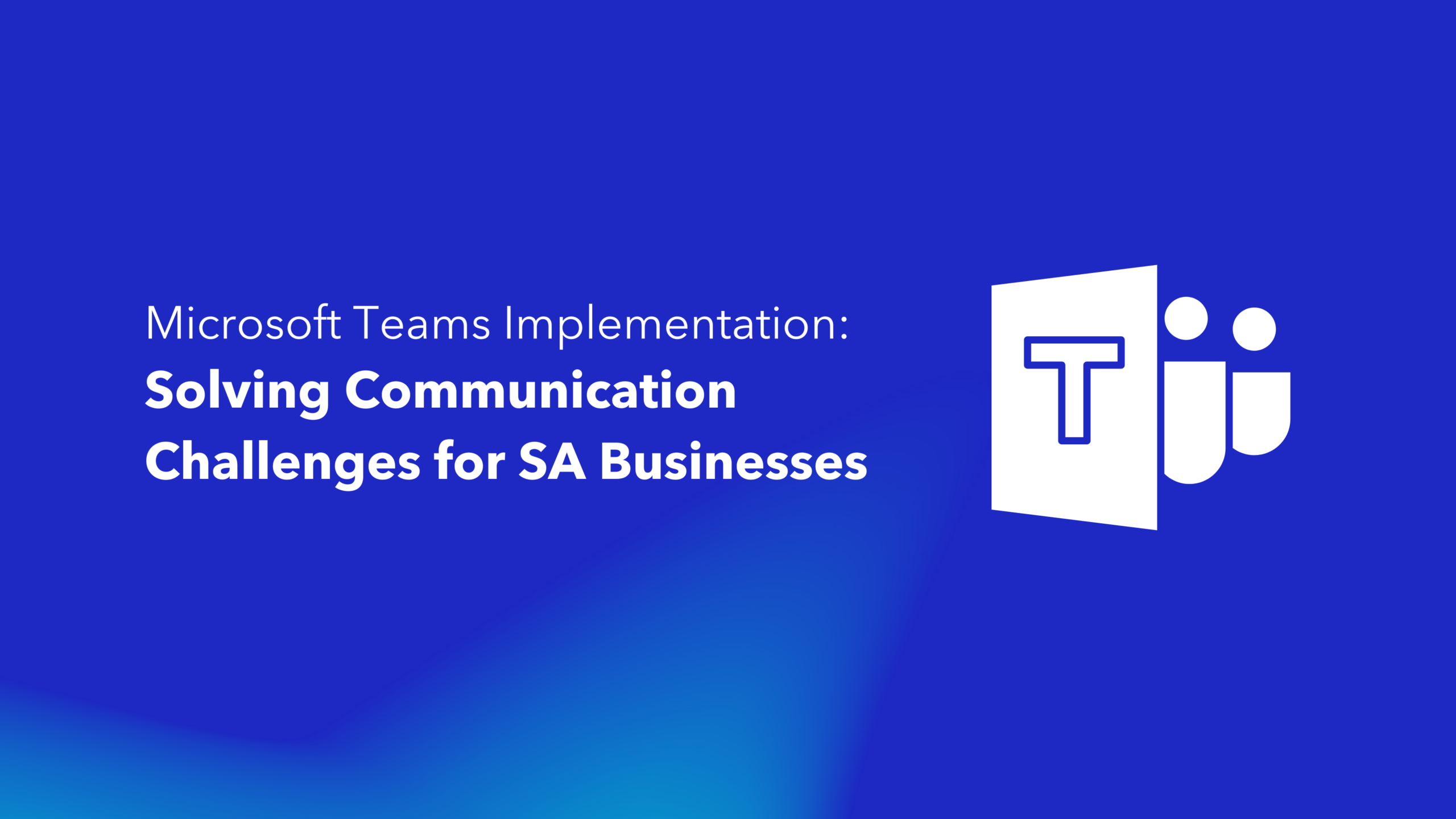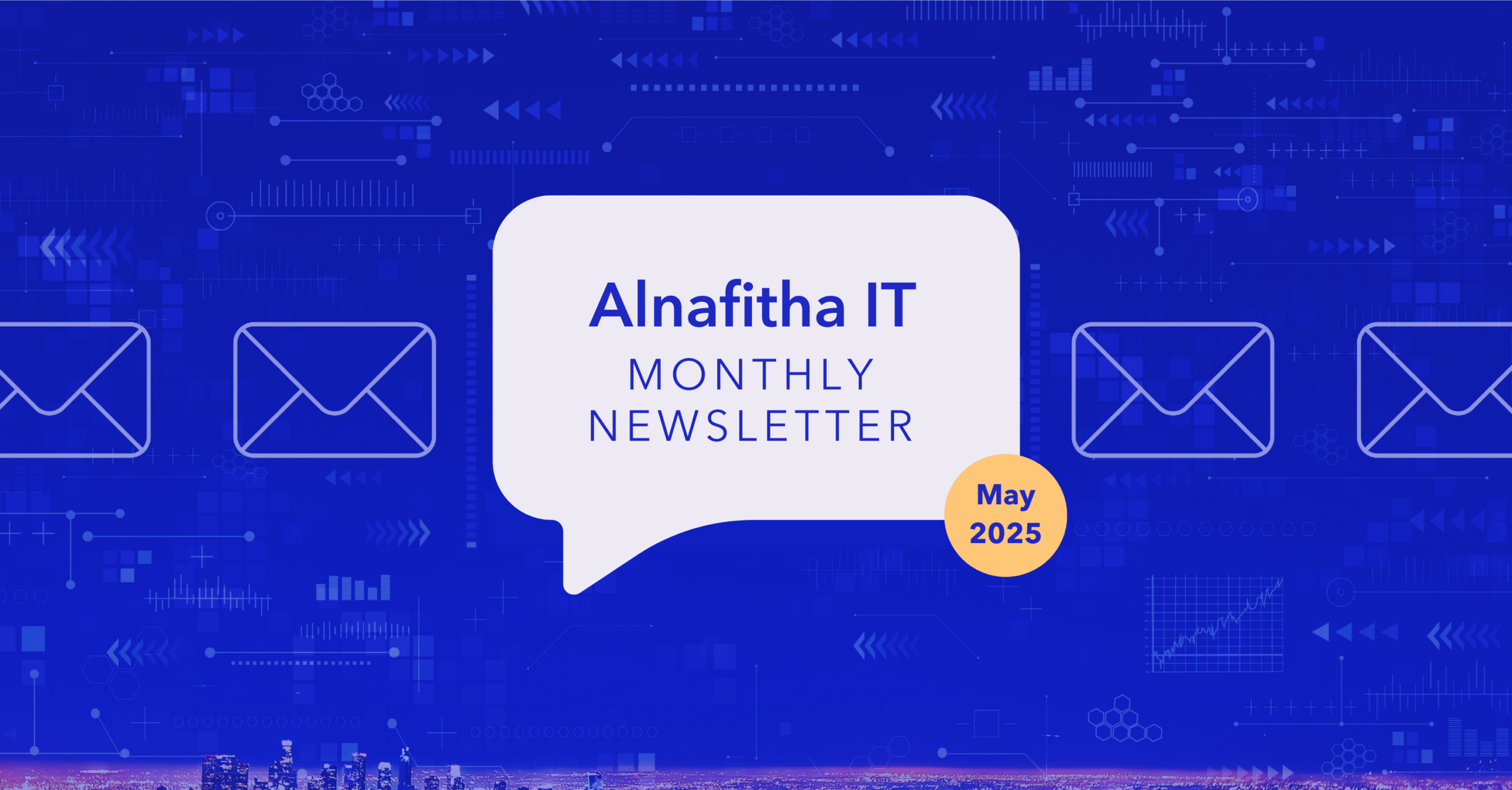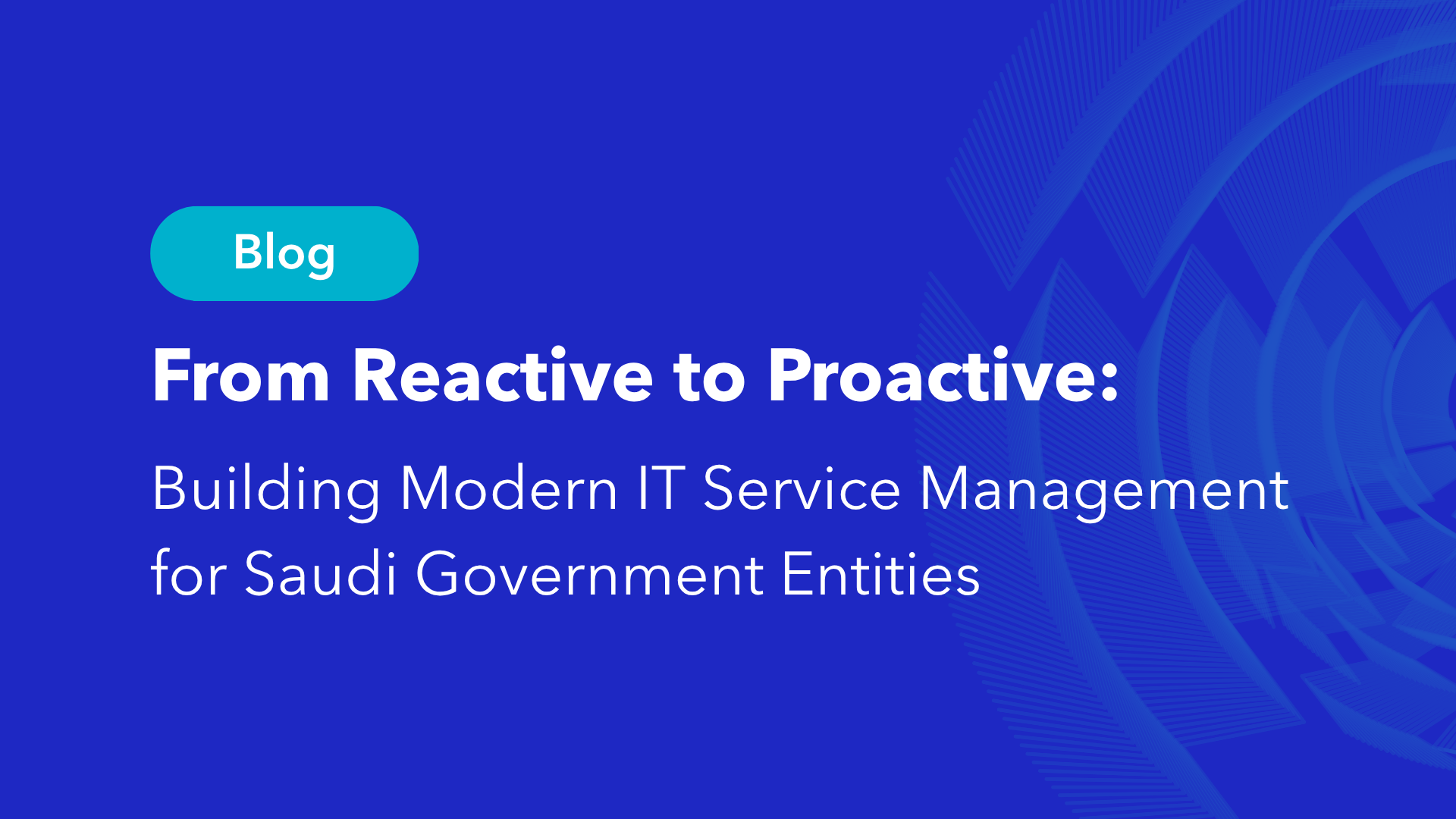IT support needs to be more organized and effective as your company expands. Without a clear picture of what the issue is, who is reporting it, and its priority level, IT problems take longer to fix, which causes operations within the company to clog up. It might be time to implement an IT ticketing system if your IT team is experiencing these limitations.
By directing all service requests to a single help desk and implementing workflows that prioritize and address issues, an IT ticketing system serves as a single point of contact and saves time for users. Employees can concentrate on completing their work because departments from across the organization can easily ask for and receive the assistance they need.
What Is IT Ticketing System?
A ticketing system, as a management tool, handles and records customer service requests. Tickets, also known as cases or issues, must be properly archived along with relevant user data. Managers, administrators, and customer service representatives should all have easy access to the ticketing system.
Tickets are typically produced by employees, but when certain incidents happen and are flagged, automated tickets may also be produced. An IT agent is given the task of resolving a ticket once it has been created. Tickets may be submitted using a variety of techniques with efficient ticketing systems. These include submissions made via telephone, email, service portals, live agents, in-person interactions, virtual agents, and others.
Why Do Your Organization Need an IT Ticketing System?
Email or other software solutions might be able to run your service operations at a basic level. They do not, however, even come close to matching the features and abilities of an expert ticketing system. Here are the main reasons for implementing a ticket management system right away in your company:
- Enhanced employee communication and increased satisfaction.
- Boosted productivity of the IT team.
- Improved customer experience.
- The accessibility of relevant, precise, and reliable information via a single, unified location.
- Higher accessibility to a centralized repository.
- A self-service management enablement.
- Generating real-time data for revealing reports and qualitative analytics.
- Automating repetitive and urgent tasks.
Operating Principles of an IT Ticketing System
To keep track of interactions on a service or support case, a ticketing system first creates a ticket. Then, the customer and the representative both share the ticket. It further keeps track of every word they say in a single thread. Both parties can easily refer back to the thread at any time to review earlier details of the case if there is ever any confusion or oversight of information.
Customer service representatives can then work on the problem on their end after creating the ticket. The customer will be notified via the ticket when there are any updates or when the case is prepared for resolution. The customer can use the ticket to contact a customer service representative in real-time if they have any questions. The ticketing system notifies the representative that a response log has been added to the ticket, allowing them to address it right away. Real-time logging makes it simpler for multiple customer service representatives to collaborate to solve problems.
Customer service representatives can then work on the problem on their end after creating the ticket. The customer will be notified via the ticket when there are any updates or when the case is prepared for resolution.
The customer can use the ticket to contact a customer service representative in real-time if they have any questions. The ticketing system notifies the representative that a response log has been added to the ticket, enabling them to address it right away. Real-time logging makes it simpler for multiple customer service representatives to collaborate to solve problems.
What Are the Essential Features of IT Ticketing System?
There are many different components that are included in the efficient IT ticketing systems. Find the most important of them:
- A single, central repository to manage requests.
- 24/7 accessibility.
- Web, mobile, virtual agents, service portals, and other methods are used to create tickets.
- Automated responses, alerts, and updates.
- Capability of tracking communication and interactions between employees.
- Visibility into the requests and responses created by employees.
- Insights through data analytics and reporting.
Using ITSM Tools to Outpace Ticketing System Features
Employee service and support must include a strong ticketing system, but it is only one component. You must go beyond ticketing if you want to give employees dependable solutions and wonderful experiences.
By integrating people, processes, and technology, IT service management (ITSM), a framework that puts a strong emphasis on employee needs, provides planning, delivery, and support of IT services. Continuous improvement is emphasized by ITSM, and IT support is provided as a service.
ITSM is more open compared to conventional ticketing systems. It outlines the procedures and equipment employed by IT teams to comprehensively manage all IT services. In addition to ensuring that issues faced by employees are resolved promptly and effectively, it also helps an organization’s IT goals to be in line with its overall business objectives.
Final Words on IT Ticketing System
A crucial part of any ITSM tool that almost all organizations require is the ticketing system. All interactions between internal or external customers of any help desk are recorded by ITSM ticketing tools. To take your IT ticketing system to the max, you need to leverage a full package of ITSM tools. Utilize a complete set of ITSM tools if you want to get the most out of your IT ticketing system.
Alnafitha IT has partnership with multiple IT service providers that can get you through a full digital transformation. So, you can get ITSM tools and solutions that enable your IT team to orchestrate your IT landscape. This allows them to ensure that your IT infrastructure is up-to-date, efficient, secure, and compliant with industry standards.




